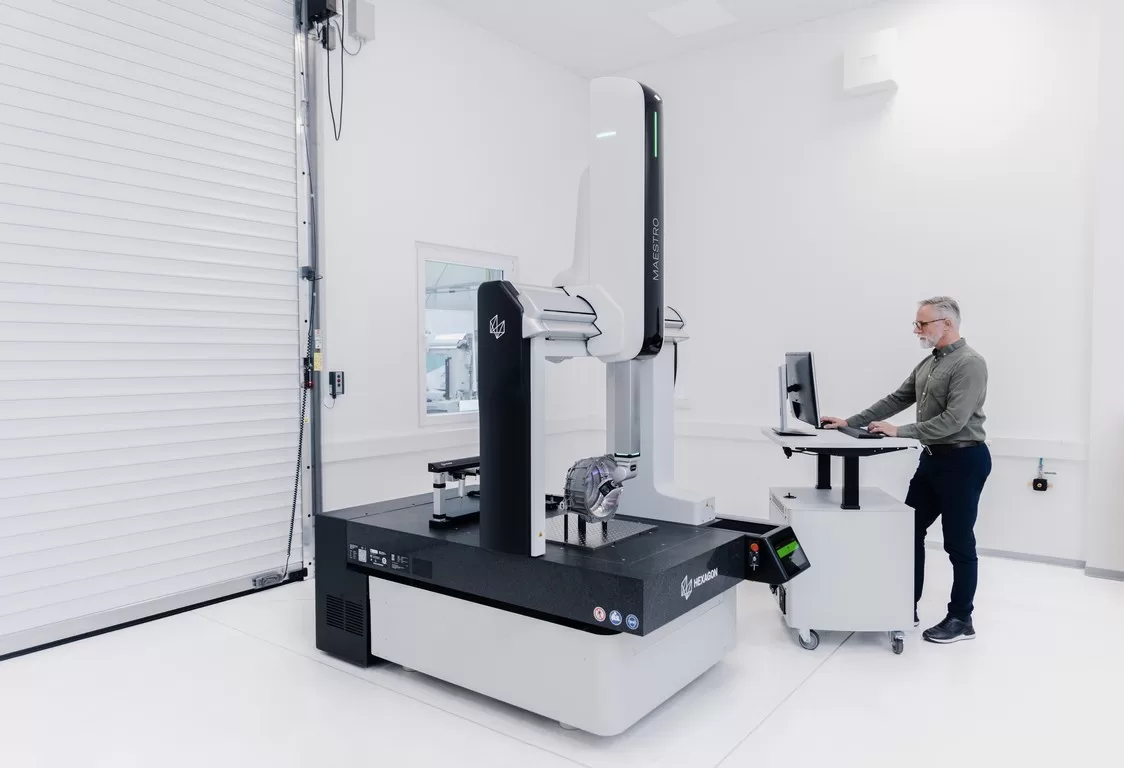The smartphone market these days feels a bit like a crowded arcade – everyone’s flashing bright lights and making loud noises, especially in the “gaming” segment. You see a lot of devices slapped with the “gaming phone” label, promising the world with aggressive designs and over-the-top features. But, let’s be honest, many of them end up being one-trick ponies, excelling only in raw power while falling flat on their faces when it comes to the all-around smartphone experience that most of us actually need day-to-day.
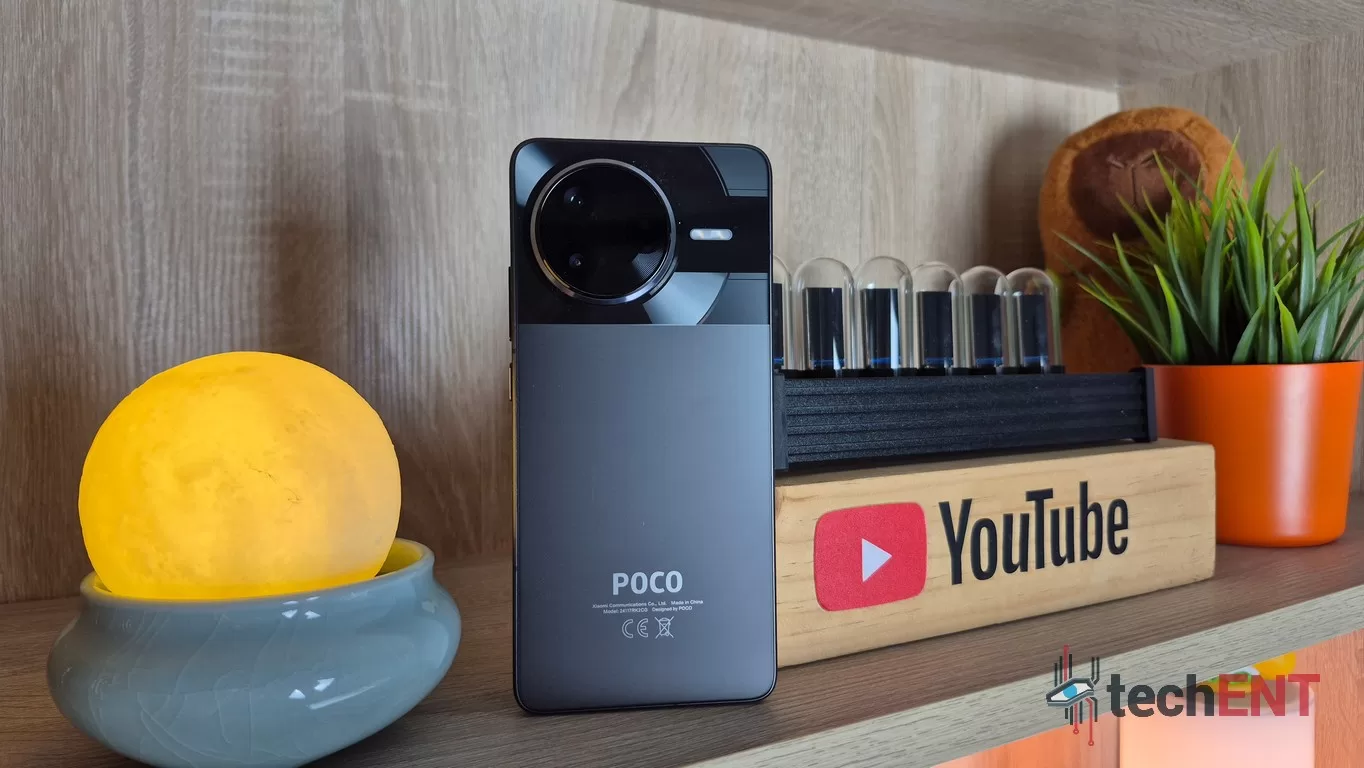 Amidst this, Xiaomi’s POCO brand has quietly, or perhaps not so quietly, carved out its own path. Their F series, in particular, has always aimed to deliver flagship-level performance without the flagship-level price tag. But what’s been interesting to see is a refinement over generations – a move beyond simply being a budget beast for gaming. The POCO F series has matured, striving to excel in photography, display quality, and overall user experience, all while keeping that aggressive pricing strategy intact.
Amidst this, Xiaomi’s POCO brand has quietly, or perhaps not so quietly, carved out its own path. Their F series, in particular, has always aimed to deliver flagship-level performance without the flagship-level price tag. But what’s been interesting to see is a refinement over generations – a move beyond simply being a budget beast for gaming. The POCO F series has matured, striving to excel in photography, display quality, and overall user experience, all while keeping that aggressive pricing strategy intact.
This brings us to their latest offering, the POCO F7 Pro. It arrives with the promise of not just powerful performance capable of handling the most demanding games, but also a refined experience that aims to challenge devices far pricier. It looks like POCO is pushing the boundaries, trying to offer a truly premium feel and performance without breaking the bank.
But does the POCO F7 Pro truly deliver on these lofty promises? Can it really be the well-rounded performer it claims to be, and is it genuinely worth your hard-earned money in this competitive landscape? Let’s dive deeper and find out.
Design
In a world where many phones are shouting for attention with flashy aesthetics, Xiaomi has opted for something a bit more understated, yet still distinctly POCO, with the F7 Pro. It’s a design that feels refined and mature, moving away from the often-aggressive lines you might expect from a brand with gaming roots. We have to commend them for striking this balance – it’s subtle, but upon closer inspection, quite unique.
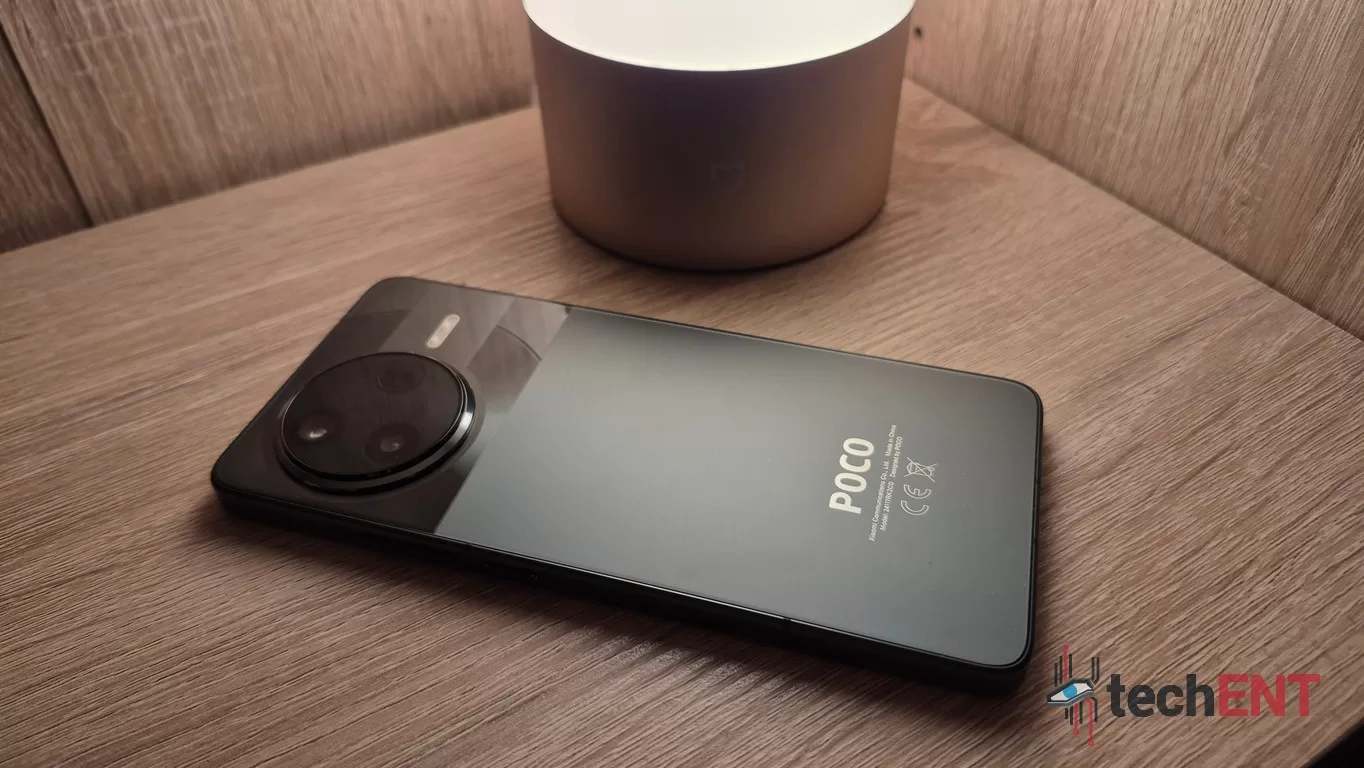
One design choice that immediately stands out, and frankly, is quite welcome, is the decision to stick with a flat display. While curved screens can look sleek, they often come with downsides like accidental touches and sometimes make screen protectors a nightmare. The flat screen on the POCO F7 Pro, combined with the gently rounded edges of the frame, makes a noticeable difference in how the phone feels in your hand. It offers a much more secure and natural grip, making it feel less likely to slip and generally more comfortable for extended use, whether you’re scrolling through social media or deep into a gaming session. It just feels right.
Turning the phone over, the back panel tells its own story with a rather interesting two-textured finish. This is where POCO subtly nods to its performance-oriented roots without resorting to overt, flashy “gamer” aesthetics. The majority of the back has a pleasant, perhaps slightly textured or matte finish that feels good to the touch and resists fingerprints fairly well – a practical win.
However, look closely at the top portion, particularly around the camera module. This is where Xiaomi has cleverly integrated a more aggressive design language, almost hiding it in plain sight. It’s not screaming for attention, but you’ll notice subtle lines, patterns, or perhaps a distinct texture that hints at the power beneath the surface. It’s like a chameleon – blending in at first glance, but revealing its true colours (or in this case, design intent) when you take a closer look. It’s a smart way to keep that POCO “gaming” edge visible for those who appreciate it, without alienating users who prefer a cleaner, more sophisticated look. This dual-texture approach gives the phone character without sacrificing elegance or ergonomics.
Hardware
Moving past the external design, it’s time to look at what powers the POCO F7 Pro. Despite its relatively subtle appearance, this device houses components selected with performance in mind. It’s equipped with hardware designed to offer a high level of capability for demanding tasks. While it may not sit at the very apex of the flagship market occupied by the most premium “Ultra” devices, the F7 Pro is clearly positioned to compete in the upper tier, offering a level of performance that aims to rival or exceed that of many other smartphones often considered flagships. It’s built to be a capable performer.
Specifications
| Processor |
Qualcomm SM8650-AB Snapdragon 8 Gen 3 (4 nm)
Octa-Core
1×3.3 GHz Cortex-X4
3×3.2 GHz Cortex-A720
2×3.0 GHz Cortex-A720
2×2.3 GHz Cortex-A520 |
| RAM |
12GB (Review Configuration) |
| Memory |
256GB (Review Configuration)
512GB
UFS 4.1 |
| Graphics Processing Unit (GPU) |
Adreno 750 |
| Main Display |
AMOLED panel
6.67-inch (~521 PPI)
1800 nits (peak)QHD+ resolution (1440×3200 pixels)20:9 Aspect Ratio
120Hz Refresh rate
HDR10+
Corning Gorilla Glass 7i |
| Operating System |
Android 15 with HyperOS 2 |
| Battery |
Non-Removable 6,000mAh
Fast Charging (90W) |
| Connectivity |
Nano SIM
5G/4G LTE/EVDO/HSPA/CDMA/GSM
Wi-Fi 802.11 a/b/g/n/ac/6e(ax)/7
GPS, GLONASS, GALILEO, BDS, QZSS
A2DP
Bluetooth 5.4
OTG Support
USB 3.2 Type-C |
| Camera |
REAR:
Dual Sensor:50-megapixelf/1.6, 24mm (wide angle), 1.0µm, 1/1.55”
Dual Pixel Phase Detection Autofocus (PDAF)
Optical Image Stabilisation (OIS)
8-megapixel
f/2.2, (Ultrawide), 1.12µm, 1/4.0”
HDR
Colour Spectrum Sensor
Auto-HDR
LED Flash
Panorama
8K Video recording (24fps)
4K Video recording (24/30/60fps)
1080p Video recording (30/60/120/240/960fps)
720p Video recording (1920fps)
Gyro-EIS
Stereo Sound
FRONT:
20-Megapixel
wide
1080p video recording (30/60fps)
Gyro-EIS |
| Sensor |
Accelerometer
Proximity
Fingerprint (Under Display)
Gyroscope
Compass |
| Miscellaneous |
Dual SIM/eSIM |
| Retail Price (Malaysia) |
MYR 2,299 (256GB)
MYR 2,499 (512GB) |
| Retail Price (US) |
USD$ 499.99 (256GB)
USD$ 649.99 (512GB) |
User Interface
Navigating the POCO F7 Pro means interacting with Xiaomi’s HyperOS 2, which is built on top of the latest Android 15. Xiaomi has been refining its software layer for years, and HyperOS represents its current vision. On the POCO F7 Pro, you get the core Android 15 features, but overlaid with Xiaomi’s distinct flavour and a host of their own customisations and improvements.
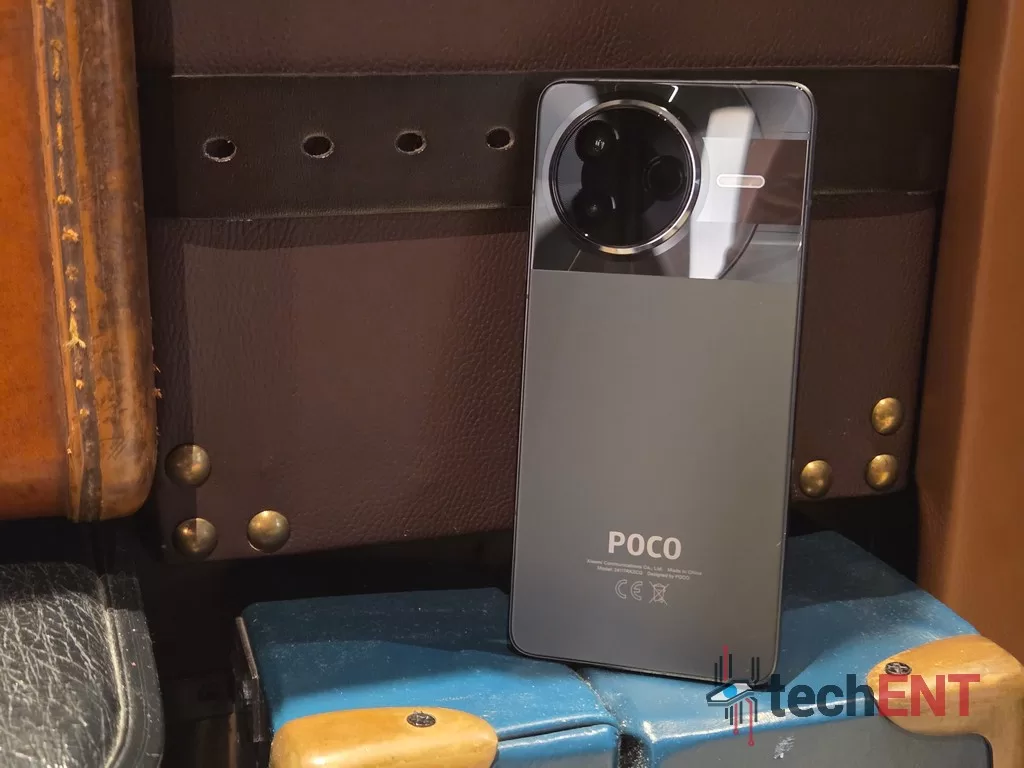 One notable aspect, especially for the POCO line, seems to be a push towards a slightly more minimal and streamlined look right out of the box compared to previous MIUI iterations on other Xiaomi or Redmi devices. It feels a bit cleaner initially, which can be a refreshing change. Under the hood, HyperOS also appears to bring improvements to responsiveness. Swiping through menus, opening and closing apps, and generally zipping around the interface feels fluid and quick, contributing to a snappy user experience that matches the capable hardware.
One notable aspect, especially for the POCO line, seems to be a push towards a slightly more minimal and streamlined look right out of the box compared to previous MIUI iterations on other Xiaomi or Redmi devices. It feels a bit cleaner initially, which can be a refreshing change. Under the hood, HyperOS also appears to bring improvements to responsiveness. Swiping through menus, opening and closing apps, and generally zipping around the interface feels fluid and quick, contributing to a snappy user experience that matches the capable hardware.
Where HyperOS truly shines, and something it proudly carries over from the MIUI days, is in its sheer level of customisation and personalisation. If you love tweaking every aspect of your phone’s look and feel, you’re in for a treat. Beyond the standard customisation options that come with Android 15, HyperOS offers a powerful theming engine. This isn’t just about changing your wallpaper; you can dive deep and customise everything from icon packs and fonts to the look of your always-on display and system animations. It allows you to truly make the phone feel uniquely yours, which is a big plus for many users.
However, it’s not all smooth sailing. One persistent niggle that we observed is HyperOS’s tendency to push notifications that feel a bit like ads – sometimes suggesting apps or other content through the notification shade. It’s an intrusive practice that detracts from the otherwise clean experience. We sincerely hope Xiaomi addresses this in future updates and severely limits or removes these promotional notifications. A notification shade should be for important alerts, not marketing.
Despite this notable drawback, the overall experience with HyperOS 2 on the POCO F7 Pro is pretty good. The blend of Android 15’s core features with Xiaomi’s deep customisation options and the apparent improvements in responsiveness make for a capable and highly personalizable operating system. Just be prepared to potentially manage some unwanted promotional notifications.
Performance
When it comes to how the POCO F7 Pro actually performs in daily use and under pressure, the overall experience is genuinely impressive. It quickly becomes clear that this phone isn’t just about having powerful specs on paper; it translates into real-world speed and fluidity that can easily go toe-to-toe with many devices carrying a much heftier price tag.
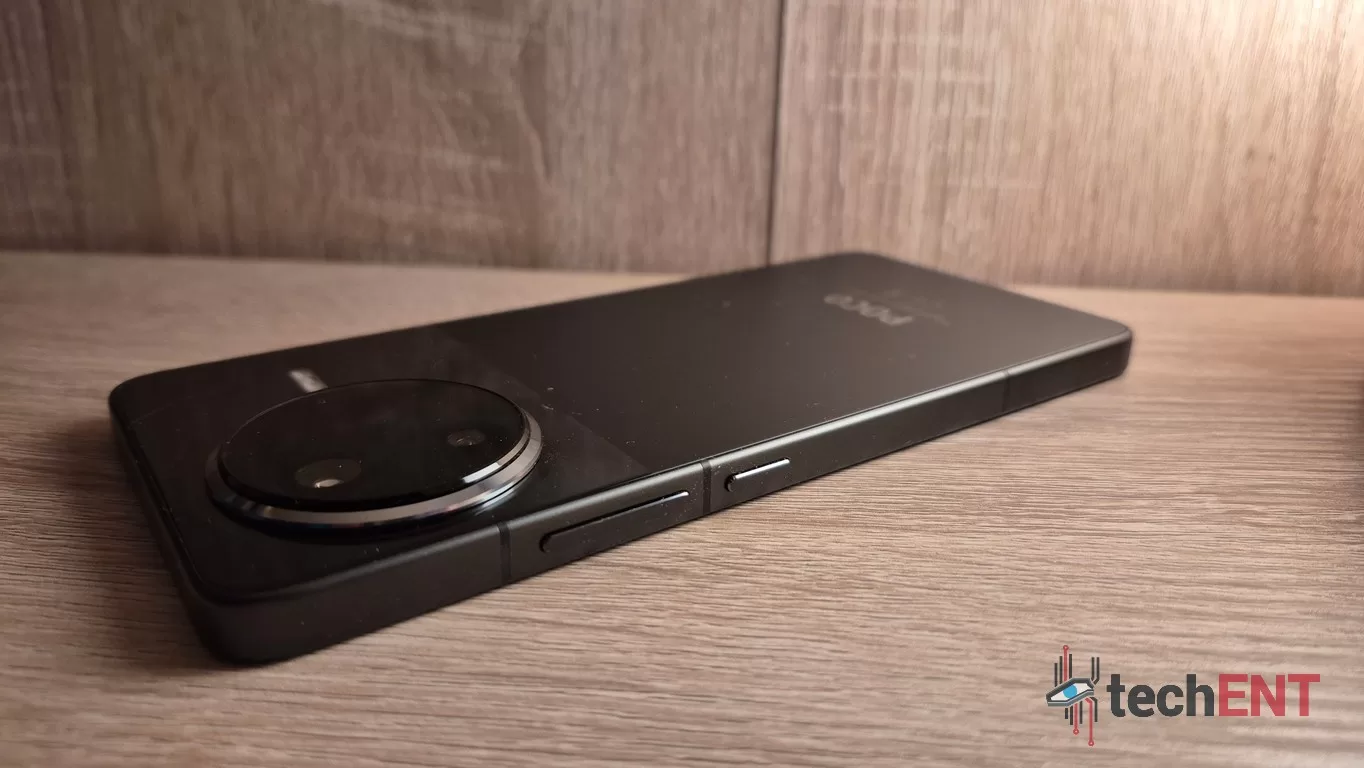 A significant part of this smooth operation seems to stem from the balance Xiaomi has struck between the underlying hardware and its HyperOS 2 software layer. It feels like HyperOS 2 is well-optimised to make the most of the components within the POCO F7 Pro, ensuring that tasks are handled efficiently and the user interface remains responsive. It’s this synergy between the muscle of the hardware and the finesse of the software that allows the POCO F7 Pro to deliver an overall performance experience that sits comfortably alongside, and in some cases surpasses, that of several established flagships currently on the market. It’s a promising start to the performance story.
A significant part of this smooth operation seems to stem from the balance Xiaomi has struck between the underlying hardware and its HyperOS 2 software layer. It feels like HyperOS 2 is well-optimised to make the most of the components within the POCO F7 Pro, ensuring that tasks are handled efficiently and the user interface remains responsive. It’s this synergy between the muscle of the hardware and the finesse of the software that allows the POCO F7 Pro to deliver an overall performance experience that sits comfortably alongside, and in some cases surpasses, that of several established flagships currently on the market. It’s a promising start to the performance story.
Multitasking & Productivity
Beyond just raw speed in launching apps or playing games, a true test of a smartphone’s performance is how effortlessly it lets you switch between tasks and run multiple applications simultaneously without breaking a sweat. For anyone who uses their phone as a productivity tool, this is paramount. The good news is, the POCO F7 Pro steps up to the plate here, offering a range of features and underlying power that enable quick and efficient working.
Juggling multiple apps is handled with impressive fluidity on the F7 Pro. Whether you’re using split-screen mode to reference a document while writing an email or using floating windows to keep a calculator or chat app open on top of another task, the phone takes it all in stride. You won’t typically encounter frustrating stutters or significant slowdowns when jumping from one demanding application to another.
 A key player in this smooth multitasking experience is the amount of RAM the phone is equipped with. Think of RAM (Random Access Memory) as your phone’s short-term workspace. The more RAM you have, the more applications and processes your phone can keep active and readily accessible in the background without needing to fully close and relaunch them each time you switch. This is why having ample RAM is crucial for seamless multitasking – it allows for instant switching rather than waiting for apps to reload. While we’ll detail the specific RAM configuration in the specs section, rest assured that the F7 Pro comes with enough to handle demanding multitasking scenarios comfortably.
A key player in this smooth multitasking experience is the amount of RAM the phone is equipped with. Think of RAM (Random Access Memory) as your phone’s short-term workspace. The more RAM you have, the more applications and processes your phone can keep active and readily accessible in the background without needing to fully close and relaunch them each time you switch. This is why having ample RAM is crucial for seamless multitasking – it allows for instant switching rather than waiting for apps to reload. While we’ll detail the specific RAM configuration in the specs section, rest assured that the F7 Pro comes with enough to handle demanding multitasking scenarios comfortably.
But hardware is only part of the equation. Xiaomi’s HyperOS 2 also plays a vital role with its software optimisations. These optimisations ensure that the available RAM is managed efficiently, background processes are handled intelligently, and transitions between apps are smooth. Features like refined app management and quicker animations contribute to the overall feeling of responsiveness when you’re trying to power through your tasks. It’s the combination of robust internal memory and intelligent software tuning that makes the POCO F7 Pro a capable partner for productivity, allowing you to switch between different parts of your digital workflow quickly and efficiently.
Call Quality & Connectivity
In the hustle and bustle of daily life, a reliable phone for making and receiving calls is still essential. With the POCO F7 Pro, we found the call quality to be generally solid. Voices on both ends of the conversation come through clearly, with sufficient volume. The microphones do a good job of picking up your voice, even in moderately noisy environments, ensuring the person you’re talking to doesn’t have to constantly ask you to repeat yourself. It handles the primary function of being a phone without any fuss, providing a clear and dependable line of communication.
Beyond just calls, staying connected in today’s world means robust data and wireless capabilities. The POCO F7 Pro is equipped with modern connectivity features to keep you hooked up at speed. Naturally, it supports 5G networks, meaning you can take advantage of the fastest mobile data speeds available in your area, which makes a significant difference for streaming high-resolution video, downloading large files on the go, or online gaming without frustrating lag.
For staying connected at home or in the office, the F7 Pro includes support for recent Wi-Fi standards. While the exact version can vary depending on the specific model or region, expect support for at least Wi-Fi 6, which provides faster speeds and better performance in crowded Wi-Fi environments compared to older standards. This means quicker loading times when browsing or streaming over Wi-Fi. Bluetooth is also on board, ensuring stable connections to your wireless headphones, smartwatches, and other peripherals. NFC is also included, which is essential for contactless payments via Google Pay and quickly pairing with compatible devices. GPS performance for navigation was also reliable in our testing, locking onto signals quickly and accurately.
Gaming
Now, for many, the true test of a phone’s power lies in its ability to handle demanding games. POCO phones have often been associated with strong gaming performance at accessible prices, and the F7 Pro continues this tradition, largely delivering a very capable gaming experience.
Under the hood, the POCO F7 Pro is equipped with the Snapdragon 8 Gen 3 Mobile Platform. While the tech world keeps churning out newer chips, the Snapdragon 8 Gen 3 is still a seriously powerful piece of silicon, known for its strong performance capabilities. Paired with the ample RAM we discussed earlier and HyperOS 2’s optimisations, this phone is built to handle graphically intensive titles.
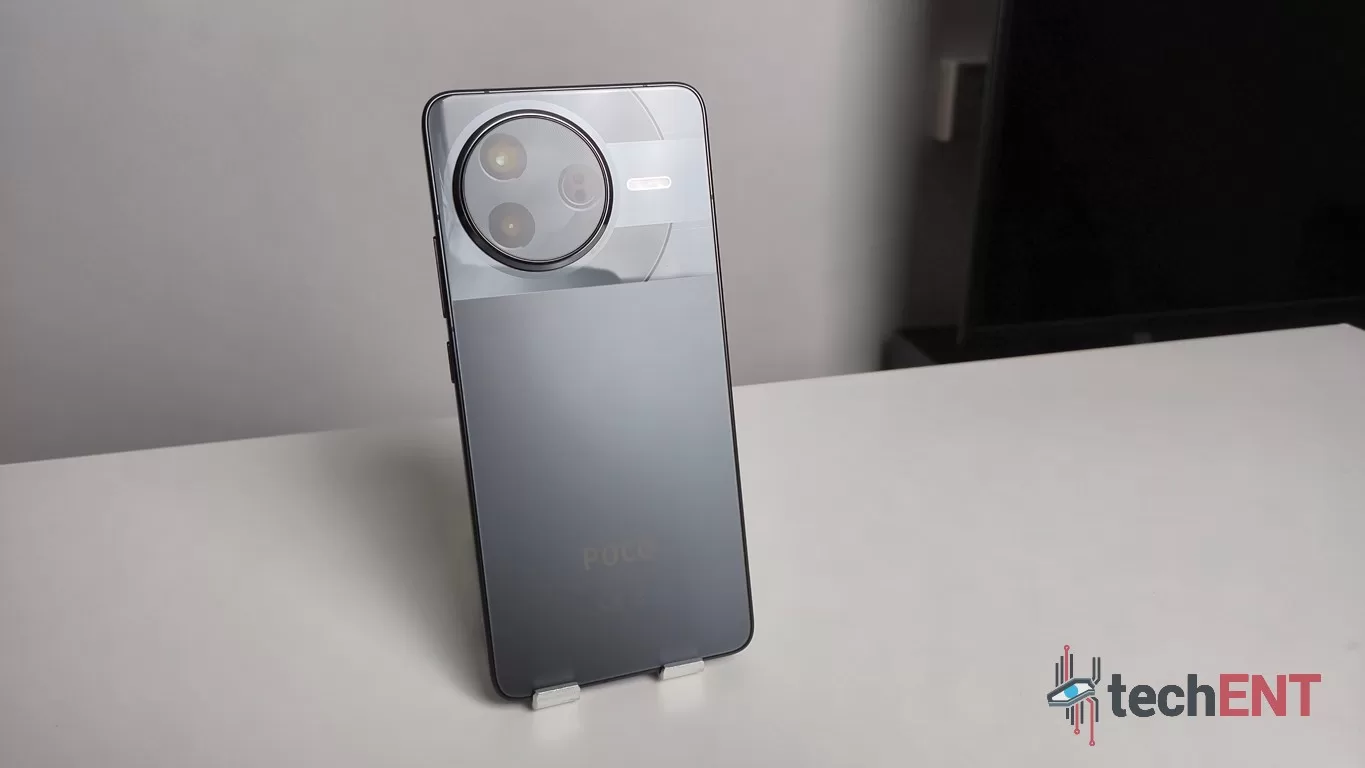 In our time testing the POCO F7 Pro with a range of games, including Pokémon UNITE, Diablo Immortal, Asphalt Legends Unite, and Genshin Impact, the overall performance was quite admirable. For the most part, gameplay felt smooth and responsive, with no noticeable lag or frustrating screen tearing that can really pull you out of the immersive experience. The phone was able to maintain stable frame rates in many scenarios, which is crucial for competitive or fast-paced games.
In our time testing the POCO F7 Pro with a range of games, including Pokémon UNITE, Diablo Immortal, Asphalt Legends Unite, and Genshin Impact, the overall performance was quite admirable. For the most part, gameplay felt smooth and responsive, with no noticeable lag or frustrating screen tearing that can really pull you out of the immersive experience. The phone was able to maintain stable frame rates in many scenarios, which is crucial for competitive or fast-paced games.
Thermals are always a concern when pushing a phone hard with gaming, but the POCO F7 Pro managed to stay relatively cool even during extended gaming sessions. It gets warm, as any powerful phone will, but it remained comfortable to hold without becoming alarmingly hot – a testament to its cooling system, which is an important, albeit often invisible, piece of the performance puzzle.
However, it wasn’t a perfect run across the board. We did observe a minor hiccup, specifically in Diablo Immortal. When the screen became absolutely swarmed with enemies and we unleashed animation-heavy Area of Effect (AoE) attacks, there was occasional stuttering. This was particularly noticeable when there were well over 50 enemies on screen and multiple complex animations firing off at once. It’s a demanding scenario, and while it resulted in some frame drops, it’s important to note that the game never became unplayable. It was a brief stutter rather than a complete freeze, and the phone still managed its temperature well even under this specific heavy load.
In other graphically rich and animation-heavy titles like Pokémon UNITE and Genshin Impact, the experience was largely smooth. Animations were fluid, and we didn’t encounter significant lag that impacted gameplay. The phone also maintained reasonable temperatures during these sessions. The same held true for Asphalt Legends Unite, where the high-speed racing action remained smooth and visually impressive without the phone becoming uncomfortably warm.
So, while there might be a rare moment of strain in extreme gaming scenarios like the one encountered in Diablo Immortal, the POCO F7 Pro generally delivers strong and consistent gaming performance. It handles popular demanding titles admirably and keeps thermals in check, making it a solid choice for mobile gamers who want a powerful experience without necessarily opting for a dedicated, often more expensive, gaming phone.
Battery Life
Battery performance is often a trade-off – do you get a slim, light phone with a smaller battery, or a slightly bulkier device that just keeps going? With the POCO F7 Pro, it seems Xiaomi has leaned towards endurance while still offering rapid top-ups. It packs in a massive 6,000mAh battery, which is genuinely one of the largest capacities you’ll find in a smartphone currently available on the market, immediately suggesting promising longevity for demanding users.
But it’s not just about the size of the tank; how quickly you can refuel matters too, and how intelligently that refuelling happens is becoming increasingly important. The POCO F7 Pro supports 90W HyperCharge, which is seriously fast. This isn’t just a number on a spec sheet; it translates to real-world convenience. With this technology, Xiaomi claims the battery can charge to 100% in just 37 minutes. This means even if you’re caught with a low battery before heading out, a quick 15-20 minute charge can give you a substantial amount of power to get you through several more hours.
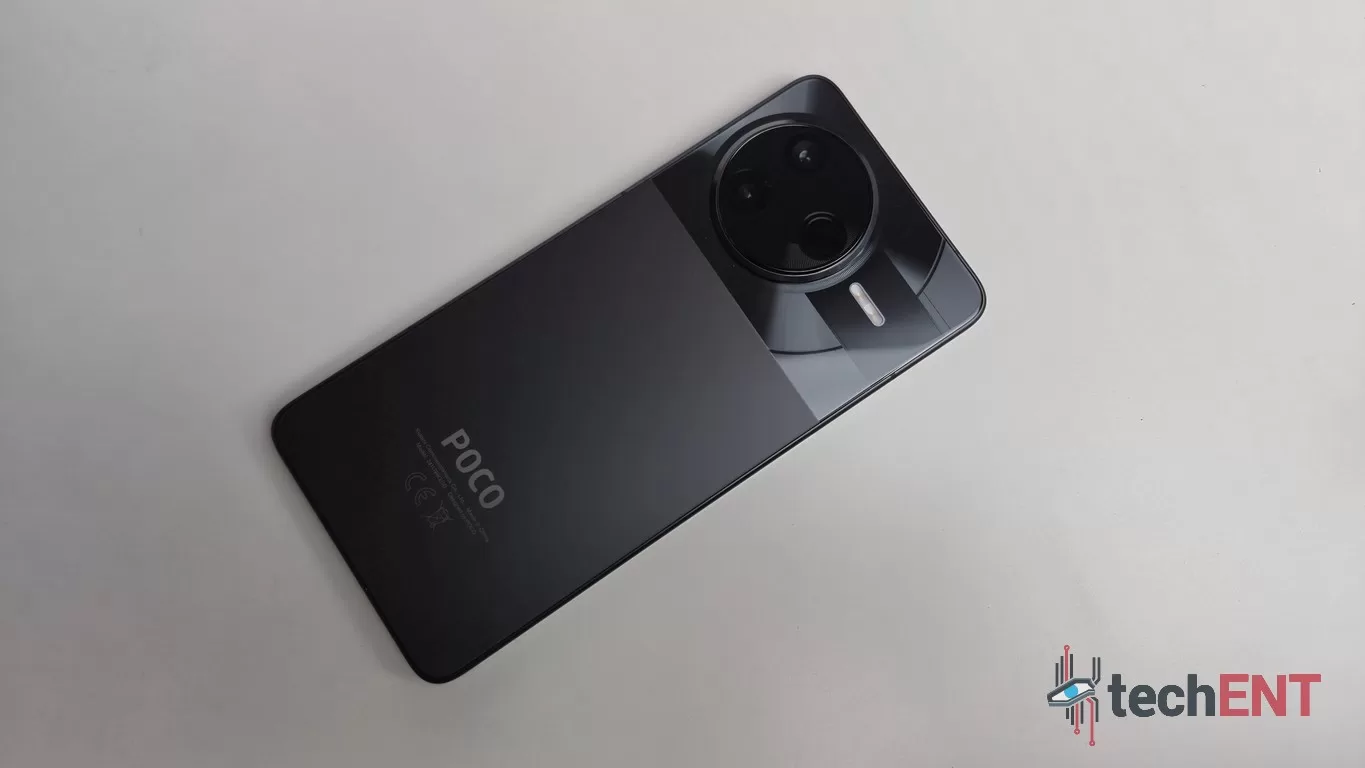 Adding to this efficiency are Xiaomi’s dedicated charging and battery management chipsets: the Surge P3 charging chipset and the Surge G1 battery management chipset. These work in tandem behind the scenes to not only improve charging efficiency but also to help maintain the long-term health of the battery. They intelligently regulate the charging process to prevent overheating and excessive stress on the battery cells.
Adding to this efficiency are Xiaomi’s dedicated charging and battery management chipsets: the Surge P3 charging chipset and the Surge G1 battery management chipset. These work in tandem behind the scenes to not only improve charging efficiency but also to help maintain the long-term health of the battery. They intelligently regulate the charging process to prevent overheating and excessive stress on the battery cells.
Beyond just raw capacity and charging speed, Xiaomi has also built in some intelligence when it comes to managing that power and optimising background activity. HyperOS 2, combined with POCO’s WildBoost Optimisation 4.0, includes software features that allow for intelligent battery management and better background process handling. WildBoost 4.0, often associated with performance optimisation, also plays a role in managing system resources to improve power efficiency during both demanding tasks like gaming and general use by intelligently optimising background activity.
Furthermore, the intelligent charging features, particularly useful for overnight charging, leverage some form of artificial intelligence. These learn your charging habits – for example, knowing when you typically wake up – and optimise the charging speed accordingly. This means the phone might charge quickly initially, but then slow down as it approaches 100% just before you need it, which is a smart way to maintain battery health over the long term by avoiding sitting at 100% for hours.
In our testing, that large 6,000mAh battery, combined with these optimisations, translated into some impressive real-world usage times. With what we’d consider regular daily use – a mix of browsing, social media, messaging, emails, and some media consumption – the POCO F7 Pro comfortably lasted an average of about 12 to 13 hours on a single charge. That’s solid performance that should get most users through a full day without anxiety, and for some, even spill into a second day.
When we pushed it harder with extended gaming sessions, as mentioned in the performance section, the battery lasted approximately 4 to 5 hours before needing a recharge. Now, while that might sound like a shorter duration, it’s important to note that these tests were conducted with demanding games, with the Always On Display active, and with minimal manual optimisations for background app activity. For a device powering intensive graphics and keeping the screen on constantly, 4-5 hours of continuous heavy gaming is still respectable.
Crucially, with a bit more conscious battery management – perhaps toning down the AOD or implementing some background activity restrictions – and letting WildBoost 4.0 do its thing, we found the battery life extended well beyond the 12-hour mark, often stretching to needing a charge only after about 1.5 days of use. Furthermore, if you’re someone who leaves their phone on standby for periods, say over a weekend, the POCO F7 Pro demonstrated excellent power efficiency, lasting about 4 days on standby without an active mobile connection constantly draining power searching for a signal.
Display
Alright, let’s turn our attention to the window into your digital world – the display. It’s one of the most crucial parts of any smartphone, as it’s where you consume content, interact with apps, and, of course, game. The POCO F7 Pro gives you a generous canvas to work with, featuring a 6.67-inch WQHD+ display with a 2K resolution. Now, if those terms sound a bit technical, think of the 6.67 inches as the size of your viewing area – quite substantial for a modern smartphone – and the WQHD+ with 2K resolution means that this large screen packs in a lot of pixels, resulting in a very sharp and detailed picture. Text looks crisp, and images and videos are rendered with impressive clarity across this expansive panel.
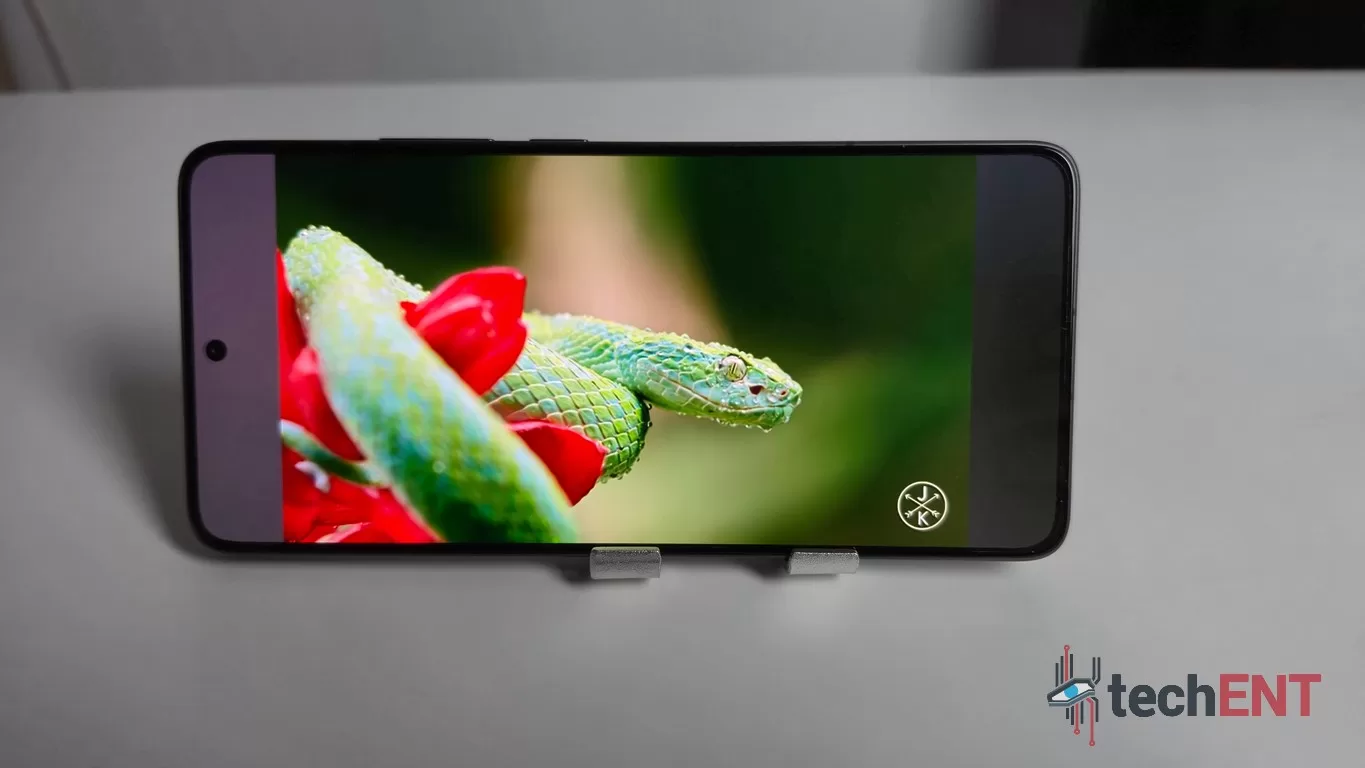 Beyond just sharpness and size, the display on the F7 Pro is notable for its vibrance and colour reproduction. Colours pop without looking oversaturated (though you can usually tweak this in settings if you prefer a different look), and the accuracy means that photos and videos appear much closer to how they would in real life. Whether you’re scrolling through your photo gallery or watching a movie, the visual experience on this 6.67-inch screen is genuinely pleasing and immersive.
Beyond just sharpness and size, the display on the F7 Pro is notable for its vibrance and colour reproduction. Colours pop without looking oversaturated (though you can usually tweak this in settings if you prefer a different look), and the accuracy means that photos and videos appear much closer to how they would in real life. Whether you’re scrolling through your photo gallery or watching a movie, the visual experience on this 6.67-inch screen is genuinely pleasing and immersive.
It’s also clear that Xiaomi has put a good amount of thought into the user’s well-being when it comes to this display. They’ve included features aimed at eye care and circadian rhythm maintenance. This typically involves technologies that reduce the amount of blue light emitted, especially in the evenings, which can help lessen eye strain and improve sleep patterns. It’s a small but significant detail that shows consideration for how people use their phones for extended periods on such a large screen, particularly before bed.
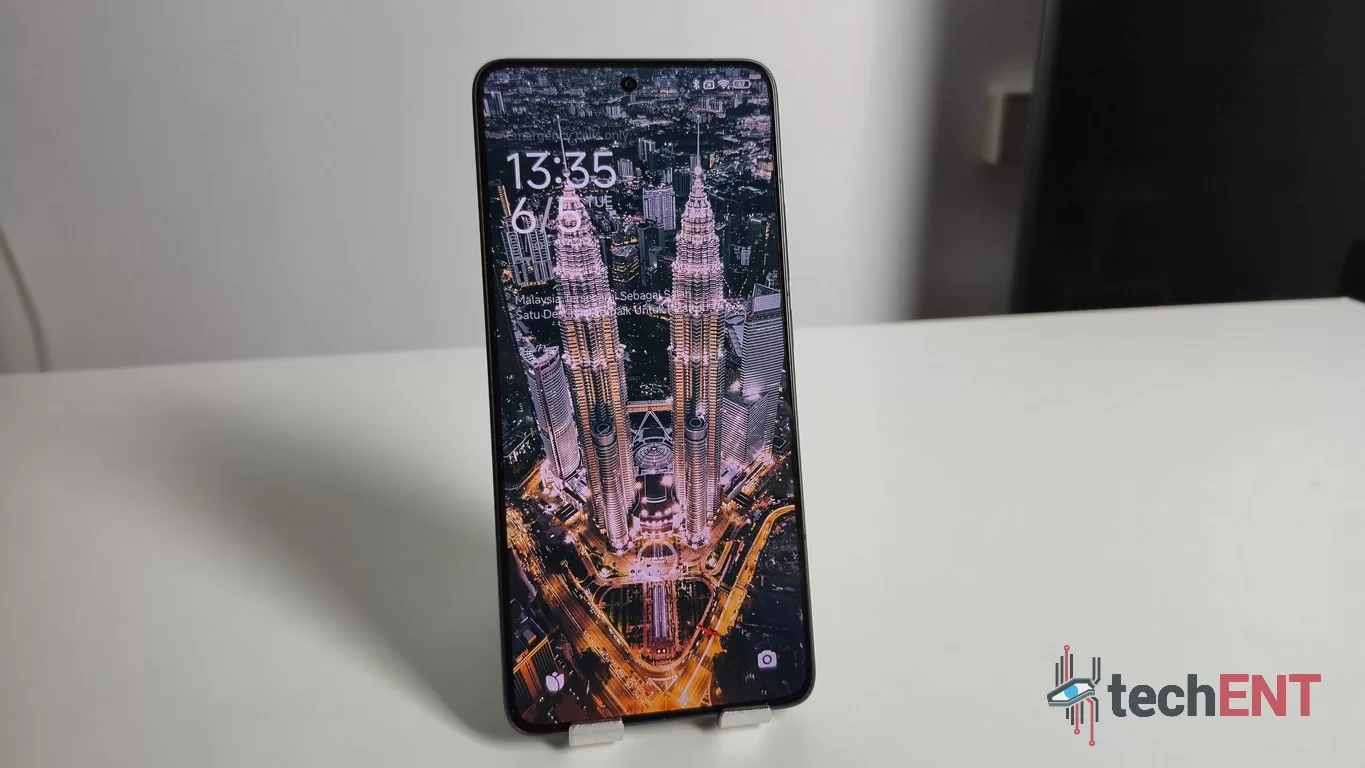 The physical design of the display also contributes significantly to the overall experience. The slim bezels around the 6.67-inch screen create a nearly edge-to-edge visual space. This minimal framing makes the display feel even larger and more immersive, pulling you into whatever content you’re viewing, whether it’s a game or a video. It provides a seamless and expansive window into your digital world.
The physical design of the display also contributes significantly to the overall experience. The slim bezels around the 6.67-inch screen create a nearly edge-to-edge visual space. This minimal framing makes the display feel even larger and more immersive, pulling you into whatever content you’re viewing, whether it’s a game or a video. It provides a seamless and expansive window into your digital world.
For gamers, or anyone who values precise interaction, the sensitivity of the screen is key. The POCO F7 Pro’s display offers excellent touch responsiveness, which is particularly beneficial in fast-paced games where split-second reactions matter. What’s even more interesting is Xiaomi’s leveraging of AI to enhance touch sensitivity. This technology allows the screen to remain highly responsive and accurate even when there are external factors like small amounts of water or moisture on the display. It’s a clever bit of engineering that ensures consistent performance on that large, vibrant screen even in less-than-ideal conditions, preventing frustrating missed touches or inaccurate swipes.
Cameras
Turning the POCO F7 Pro around, you’re greeted by its camera system. On paper, the setup might look relatively straightforward compared to some multi-lens monsters out there, but it’s the technology backing it up that’s particularly noteworthy. You get a primary 50MP sensor, which is the workhorse for most of your shots. This isn’t just any 50MP sensor; it features the Light Fusion 800 image sensor, a 1/1.55″ sensor size, a wide f/1.6 aperture to let in plenty of light, and utilises 2.0μm 4-in-1 Super Pixel technology. Crucially, the main sensor also benefits from Optical Image Stabilisation (OIS), which helps keep your photos sharp and your videos steady, especially in less-than-ideal lighting or when your hands aren’t perfectly still.
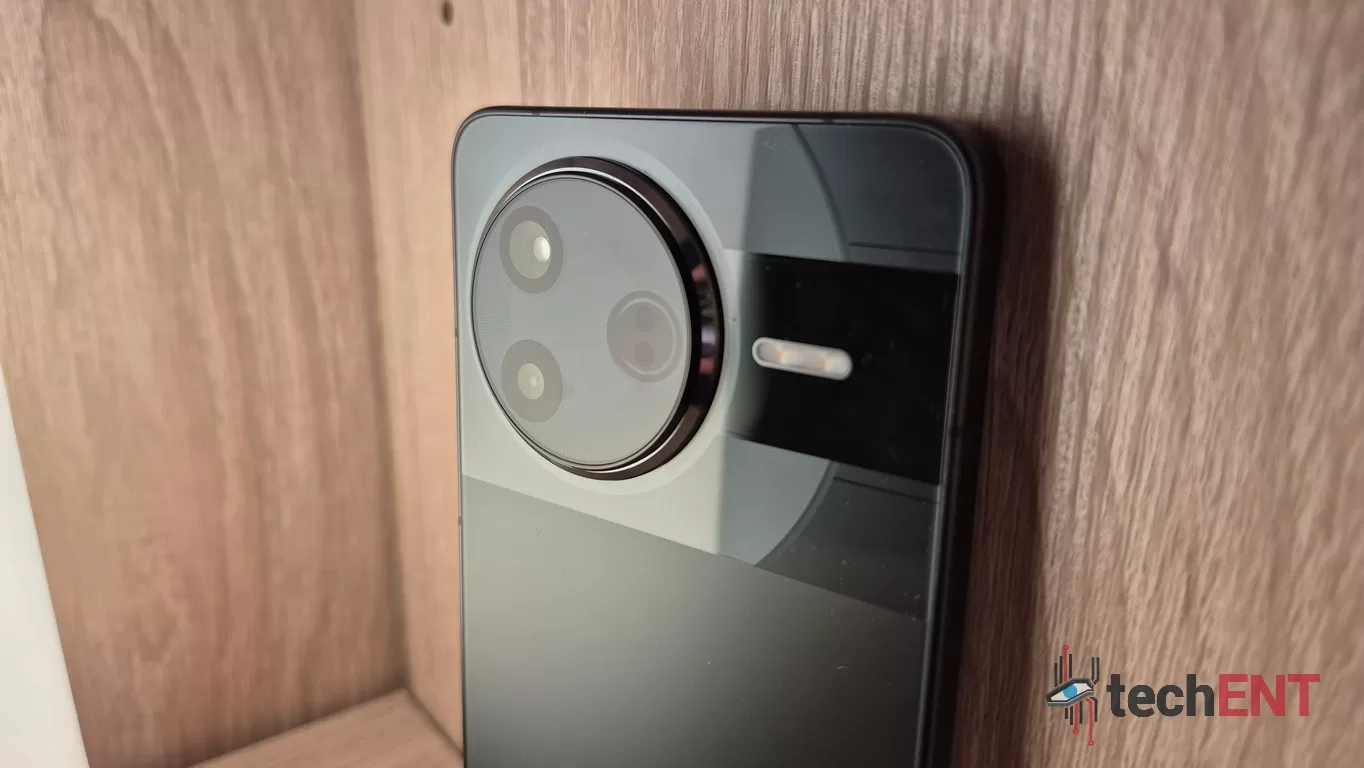 Alongside the main camera, there’s an 8MP sensor paired with an f/2.2 ultrawide lens. This is great for capturing broader scenes, like landscapes or group photos, allowing you to fit more into the frame. The setup is further complemented by a colour sensor, which aids in more accurate colour reproduction. Xiaomi also highlights a Cinema-level 13.2EV dynamic range, suggesting the camera is capable of capturing a wide range of tones from bright highlights to deep shadows in a single shot, which is important for balanced exposures. Together, these lenses cover focal lengths from 15mm (with the ultrawide) to 48mm, offering flexibility for both effortless landscape shots and nicely framed portraits.
Alongside the main camera, there’s an 8MP sensor paired with an f/2.2 ultrawide lens. This is great for capturing broader scenes, like landscapes or group photos, allowing you to fit more into the frame. The setup is further complemented by a colour sensor, which aids in more accurate colour reproduction. Xiaomi also highlights a Cinema-level 13.2EV dynamic range, suggesting the camera is capable of capturing a wide range of tones from bright highlights to deep shadows in a single shot, which is important for balanced exposures. Together, these lenses cover focal lengths from 15mm (with the ultrawide) to 48mm, offering flexibility for both effortless landscape shots and nicely framed portraits.
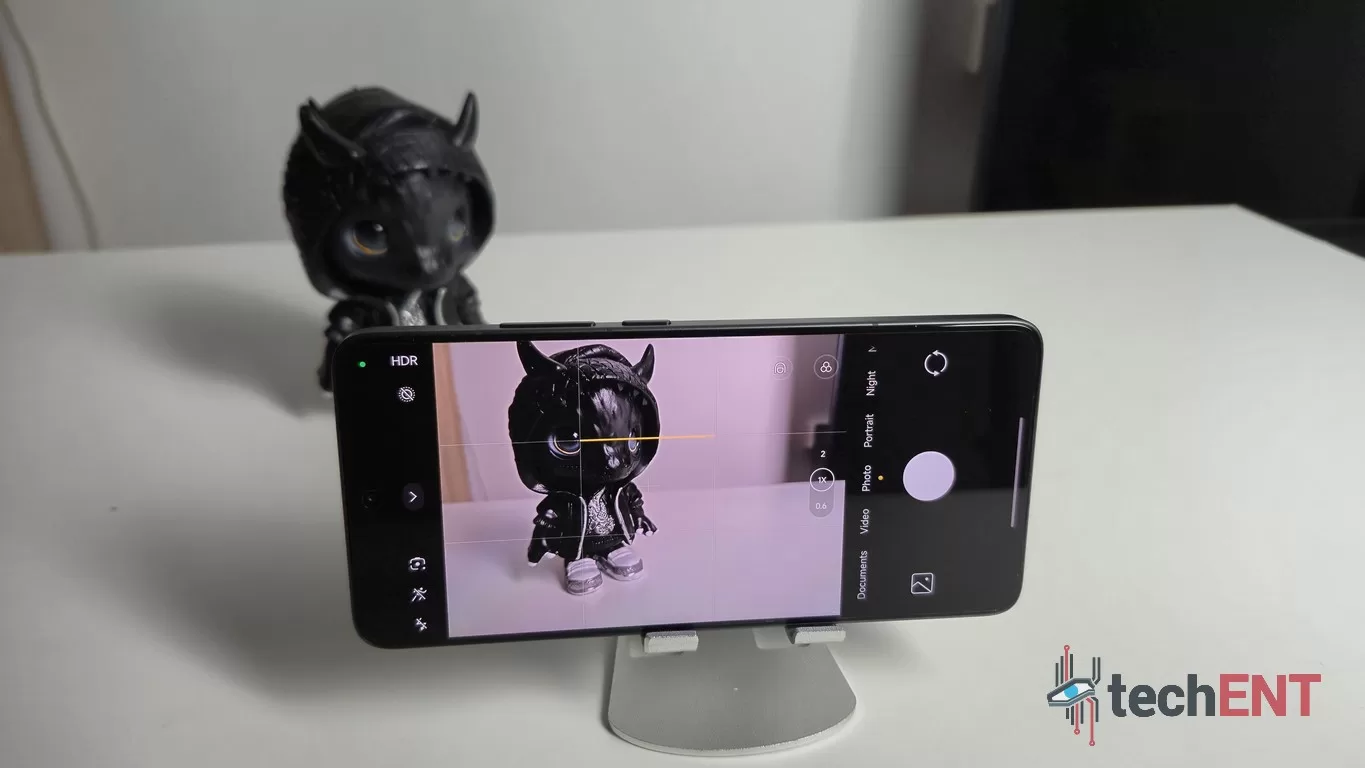 But the real magic, according to POCO, lies in their first AI computational photography platform, POCO AISP. This isn’t just a catchy name; it represents how the phone’s core processing power – the CPU, GPU, NPU (Neural Processing Unit), and ISP (Image Signal Processor) – are tightly integrated through Xiaomi HyperOS. What this means for you is that the software and hardware work together seamlessly to perform advanced computational photography tasks incredibly efficiently. This results in significantly faster end-to-end image processing. The idea is that with its exceptional processing speed and intelligent scene optimisation, the camera can deliver professional-grade results with just a simple tap of the shutter button, aiming to make every captured moment more vivid and memorable.
But the real magic, according to POCO, lies in their first AI computational photography platform, POCO AISP. This isn’t just a catchy name; it represents how the phone’s core processing power – the CPU, GPU, NPU (Neural Processing Unit), and ISP (Image Signal Processor) – are tightly integrated through Xiaomi HyperOS. What this means for you is that the software and hardware work together seamlessly to perform advanced computational photography tasks incredibly efficiently. This results in significantly faster end-to-end image processing. The idea is that with its exceptional processing speed and intelligent scene optimisation, the camera can deliver professional-grade results with just a simple tap of the shutter button, aiming to make every captured moment more vivid and memorable.
So, how does this translate to real-world image and video quality? We have to say, for a phone at the POCO F7 Pro’s price point, the camera experience is genuinely one of Xiaomi’s best efforts. The camera interface itself is snappy – and yes, the pun is intended! It’s responsive, relatively easy to navigate, and keeps things simple without burying essential features deep within menus. This makes for a pleasant shooting experience, allowing you to quickly launch the camera and capture the moment.
When it comes to picture quality, especially from that main 50MP sensor under the right conditions, the results can be impressive. Under good lighting conditions, the photos exhibit an insane depth of colour and detail. You can zoom in and still see fine textures, and colours are rendered richly. Pictures are generally sharp, with little to no aberrations, like chromatic fringing, which can sometimes plague smartphone cameras. In bright, well-lit environments, the pictures are honestly near DSLR quality, which is high praise for a phone in this category. The pixel binning, or Ultrapixel technology as Xiaomi calls it (the 4-in-1 Super Pixel), certainly seems to work as advertised, allowing the sensor to gather more light and detail, especially when the light isn’t perfect.
We’ll admit, we didn’t go into the low-light testing with the highest expectations for stills – phones in this price range have historically struggled in dimmer conditions, often producing noisy or muddy images. However, the POCO F7 Pro pleasantly proved us wrong here. It delivered strong showings even in the dullest of lights. While not matching flagship phones that cost twice as much, it managed to retain good details and exhibit great dynamic range, preventing highlights from being blown out and lifting shadows effectively. The result is low-light photos that are noticeably better than your average for this segment, making the camera much more versatile for capturing moments regardless of the time of day.
Moving on to video, the POCO F7 Pro also had a very strong showing. Under the right lighting conditions, it truly excelled and could realistically be used as a primary camera for a content creator hands down. The footage was clear, detailed, and the colours were vibrant. It also features an acceptable steady mode (likely digital or electronic stabilisation working with the OIS) which does a good job of reducing a lot of the motion from handheld shots and stabilises pretty well, resulting in smoother videos that are much more watchable. In low light, as expected, videos were a little grainy, but crucially, they were not unusable. While you’ll see noise in darker areas, the footage still retains enough detail and brightness to be salvageable for many purposes, which is a commendable feat for this class of device.
Overall, the POCO F7 Pro’s camera system, powered by the Snapdragon 8 Gen 3 and the new POCO AISP, is a significant strength for both stills and video. It offers a responsive user experience and delivers impressive image quality in good light, while surprisingly holding its own in low light, making it a well-rounded shooter for its class and a very capable tool for capturing your world.
It’s That Good (and That Affordable) and It’s also Shaking up the Flagship Market
So, where does the POCO F7 Pro land after putting it through its paces? In a market crowded with devices, many of which promise the world but underdeliver, the F7 Pro carves out a compelling space for itself. POCO’s approach with the F series, moving beyond just raw gaming power, seems to have paid off.
This phone successfully blends a subtle, ergonomic design with powerful internals driven by the Snapdragon 8 Gen 3. The 6.67-inch 2K display is a visual treat – vibrant, sharp, and thoughtfully designed with eye comfort and usability in mind, even featuring smart AI touch sensitivity. Performance is undeniably strong, handling multitasking with ease and tackling demanding games admirably, staying surprisingly cool under pressure, thanks in part to features like WildBoost 4.0.
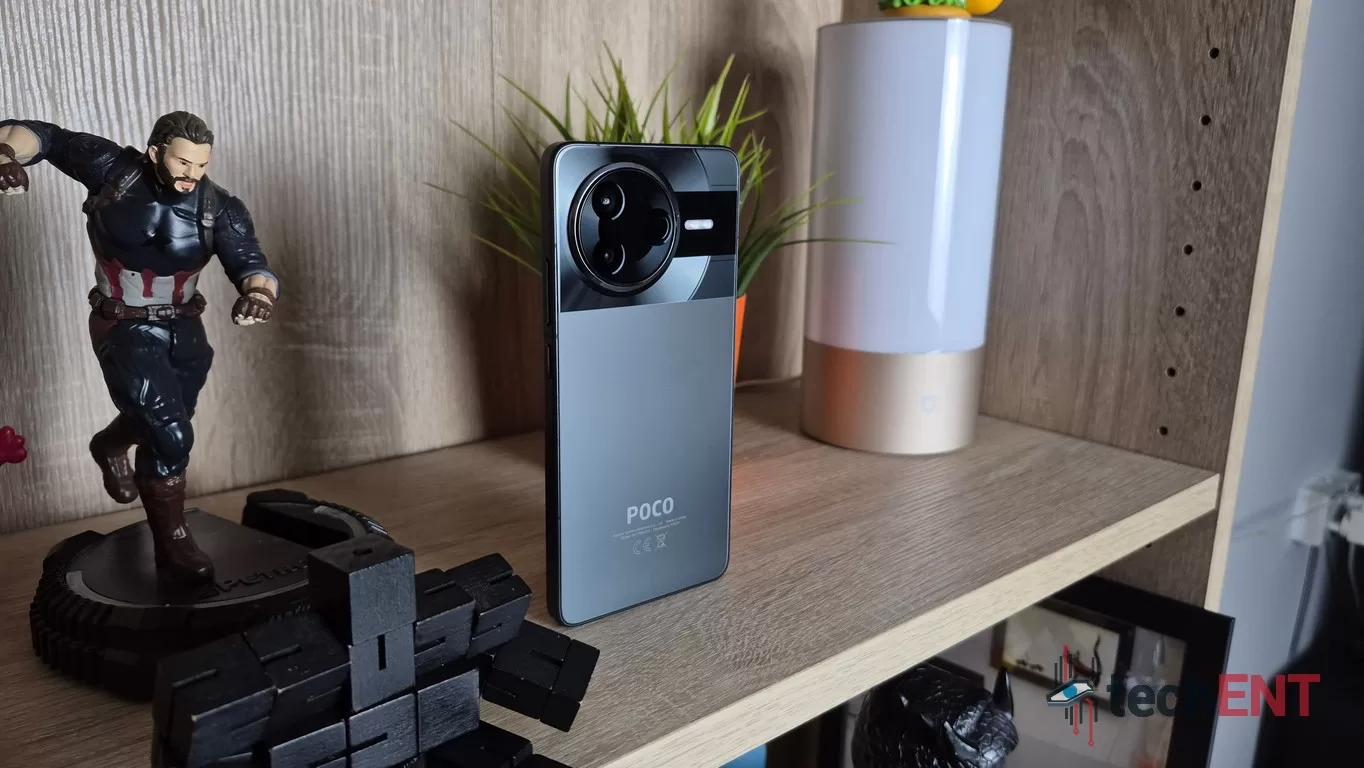 The massive 6,000mAh battery is a highlight, offering impressive longevity for daily use and supporting blazing-fast 90W HyperCharge that gets you back to 100% in around 37 minutes, aided by the Surge chipsets and intelligent charging. The cameras, while perhaps not the absolute best on the market, are highly capable for the price, delivering sharp stills in good light and surprisingly strong low-light performance, plus decent video quality.
The massive 6,000mAh battery is a highlight, offering impressive longevity for daily use and supporting blazing-fast 90W HyperCharge that gets you back to 100% in around 37 minutes, aided by the Surge chipsets and intelligent charging. The cameras, while perhaps not the absolute best on the market, are highly capable for the price, delivering sharp stills in good light and surprisingly strong low-light performance, plus decent video quality.
The main caveat remains the HyperOS notifications pushing ads, a persistent annoyance we hope to see addressed.
Despite this, the POCO F7 Pro largely delivers on its promises. It offers a refined, high-performance smartphone experience that genuinely challenges devices in higher price brackets. If you’re looking for flagship-level power, a great display, and excellent battery life without paying a premium price, the POCO F7 Pro is absolutely worth considering. It’s a true contender in the “flagship killer” space.
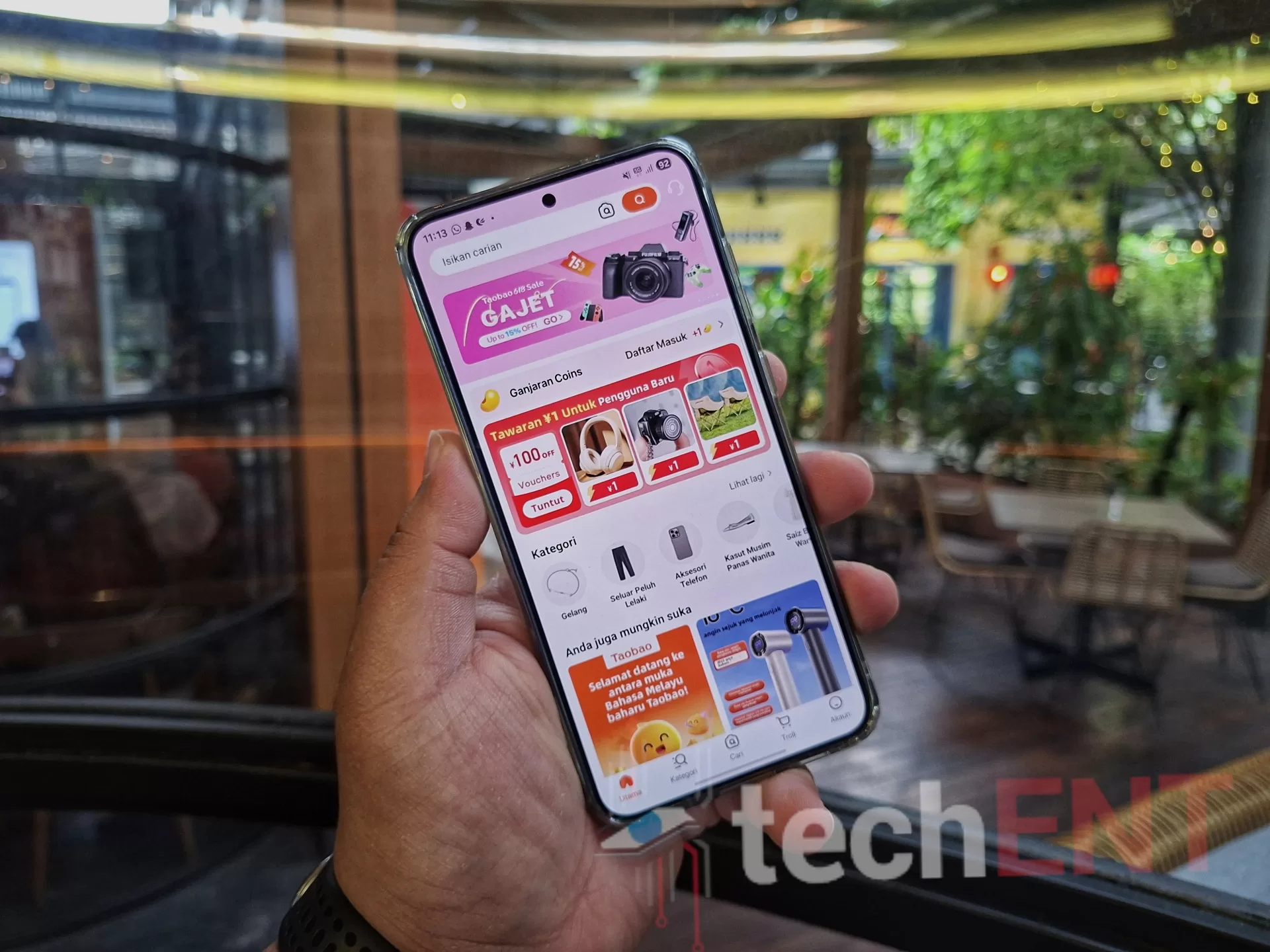


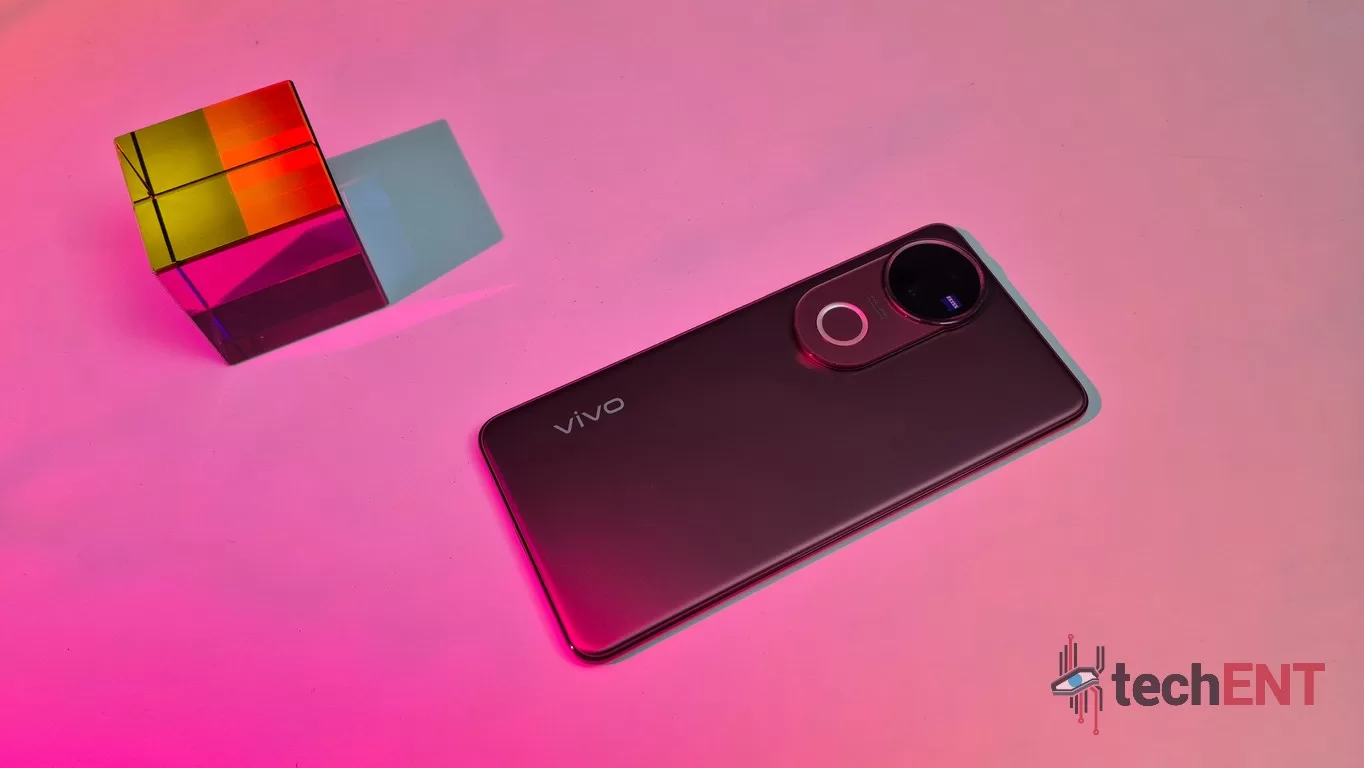
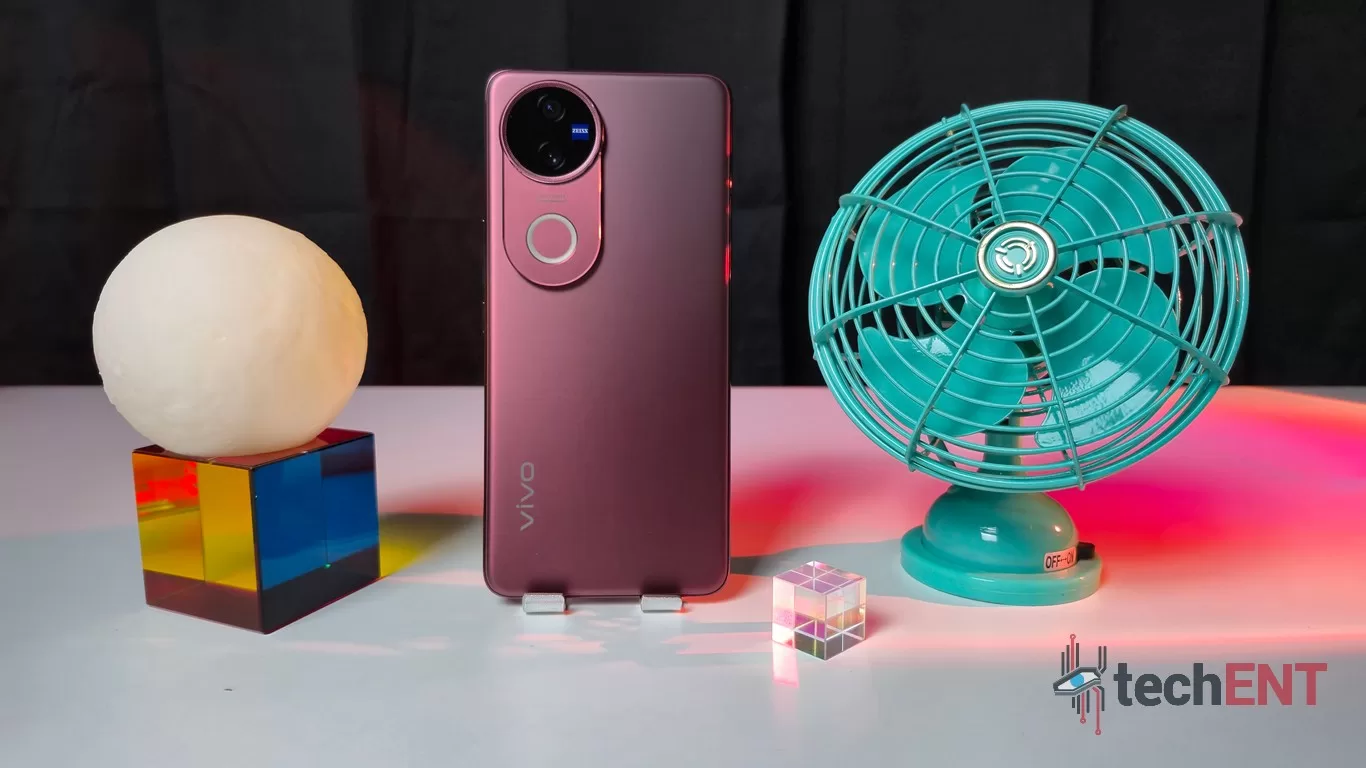 However, one immediate detractor from this otherwise elevated feel is the built-in screen protector. While its intention might be protective, its execution unfortunately makes the phone feel cheaper than its underlying build suggests. On a device featuring a subtly elegant quad-curve display, the protector fails to wrap adequately around the edges, leaving a very noticeable and somewhat sharp edge that you constantly feel during use. It’s a small detail, but one that impacts the tactile experience quite significantly.
However, one immediate detractor from this otherwise elevated feel is the built-in screen protector. While its intention might be protective, its execution unfortunately makes the phone feel cheaper than its underlying build suggests. On a device featuring a subtly elegant quad-curve display, the protector fails to wrap adequately around the edges, leaving a very noticeable and somewhat sharp edge that you constantly feel during use. It’s a small detail, but one that impacts the tactile experience quite significantly.
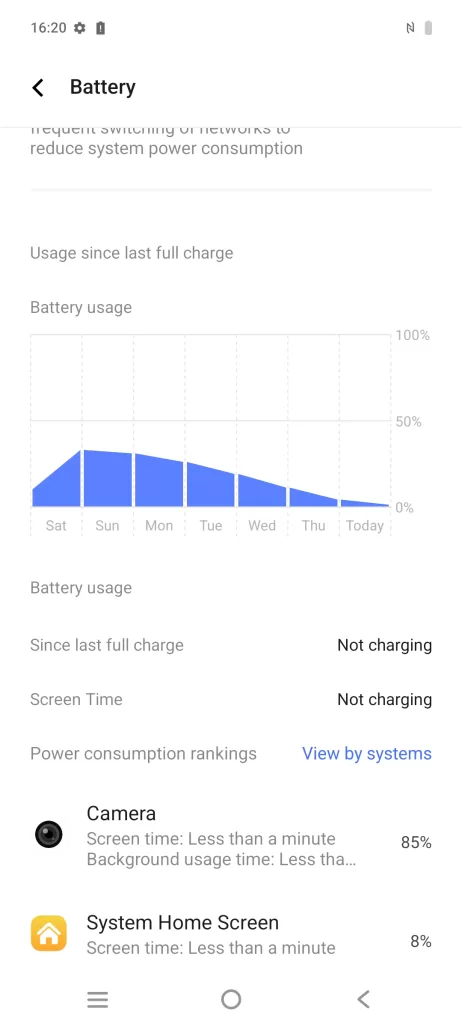


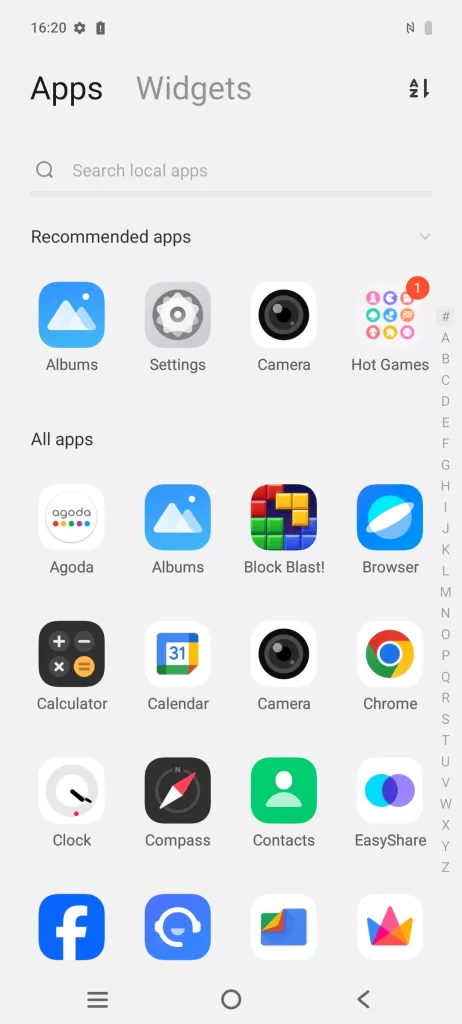
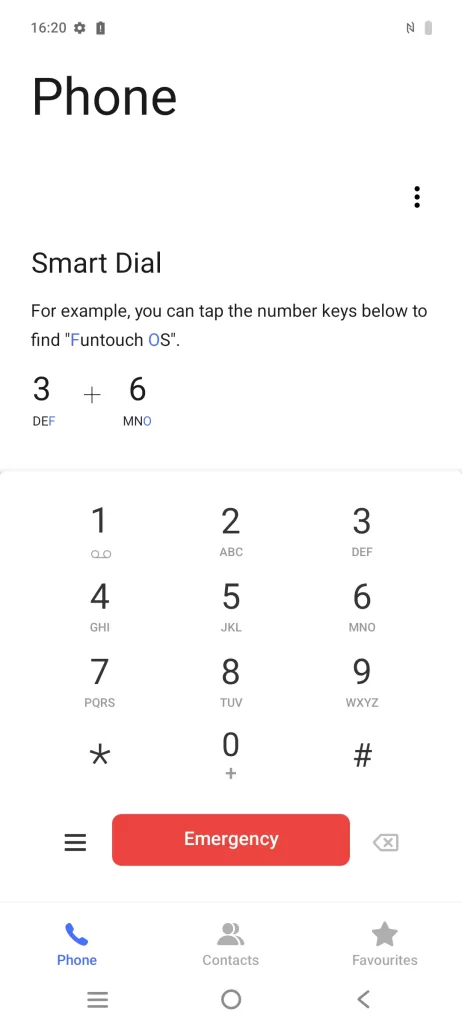
 The ‘small window’ mode further enhances multitasking, allowing you to open up to three apps simultaneously in floating windows, even in tandem with a split-screen view below. The phone wasn’t significantly bogged down when juggling the more usual multitasking suspects like YouTube, WhatsApp, Google Keep, Word, and similar applications. However, echoing the split-screen experience, it tended to stutter ever so slightly when those more resource-intensive apps were brought into the mix.
The ‘small window’ mode further enhances multitasking, allowing you to open up to three apps simultaneously in floating windows, even in tandem with a split-screen view below. The phone wasn’t significantly bogged down when juggling the more usual multitasking suspects like YouTube, WhatsApp, Google Keep, Word, and similar applications. However, echoing the split-screen experience, it tended to stutter ever so slightly when those more resource-intensive apps were brought into the mix.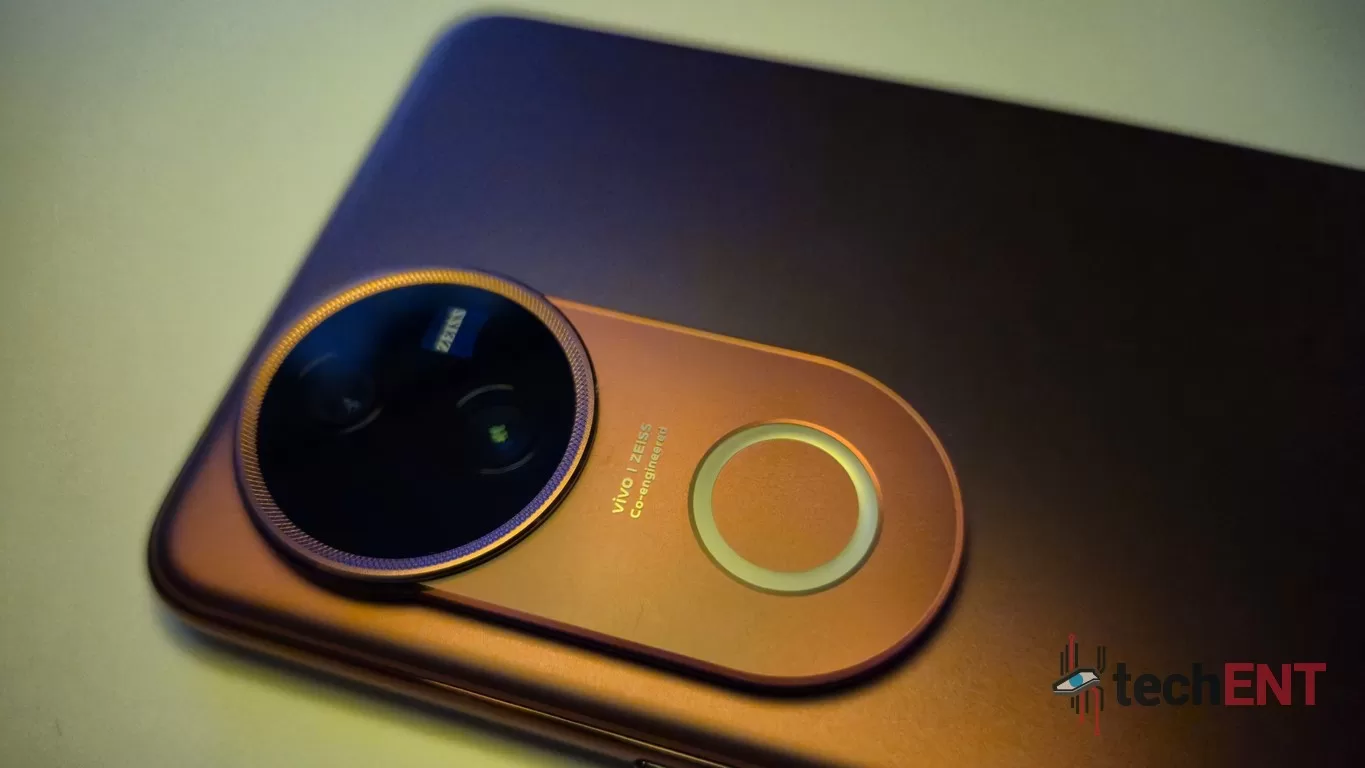 Under more regular, active usage conditions – which for me typically involves managing about 8 email accounts syncing in the background, frequent scrolling through social media feeds, watching YouTube videos, listening to podcasts and music, and diving into the occasional game here and there – the battery easily lasted a full day and a half, often pushing towards two days before needing a recharge. This is pretty impressive, especially considering the sheer number of phones on the market today that still struggle to consistently make it past a single 8-hour workday.
Under more regular, active usage conditions – which for me typically involves managing about 8 email accounts syncing in the background, frequent scrolling through social media feeds, watching YouTube videos, listening to podcasts and music, and diving into the occasional game here and there – the battery easily lasted a full day and a half, often pushing towards two days before needing a recharge. This is pretty impressive, especially considering the sheer number of phones on the market today that still struggle to consistently make it past a single 8-hour workday.



















 However, looking ahead, our time with the V50 also highlights an area where vivo needs to channel more innovation: its software and overall user experience. While Funtouch OS 15 has embraced a cleaner aesthetic closer to stock Android, it still lacks a distinctive identity, and certain elements, like the settings menu, feel dated and overly complex. For vivo to truly set itself apart from the increasingly crowded midrange competition, it needs to spend time and resources carving out a user experience that is uniquely ‘vivo,’ providing not just capable hardware but also a software layer that is both intuitive and memorable. Ultimately, the V50 is a strong offering, particularly for photography enthusiasts, but refining the software experience should be vivo’s next frontier.
However, looking ahead, our time with the V50 also highlights an area where vivo needs to channel more innovation: its software and overall user experience. While Funtouch OS 15 has embraced a cleaner aesthetic closer to stock Android, it still lacks a distinctive identity, and certain elements, like the settings menu, feel dated and overly complex. For vivo to truly set itself apart from the increasingly crowded midrange competition, it needs to spend time and resources carving out a user experience that is uniquely ‘vivo,’ providing not just capable hardware but also a software layer that is both intuitive and memorable. Ultimately, the V50 is a strong offering, particularly for photography enthusiasts, but refining the software experience should be vivo’s next frontier.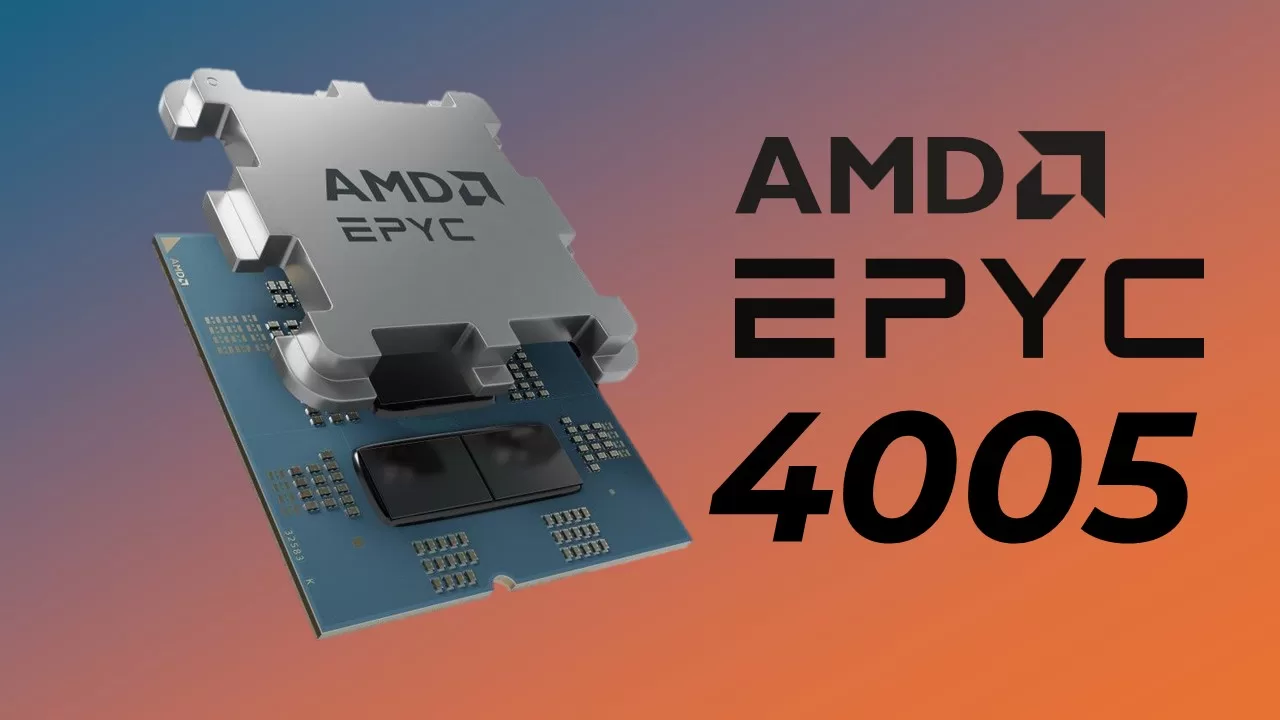
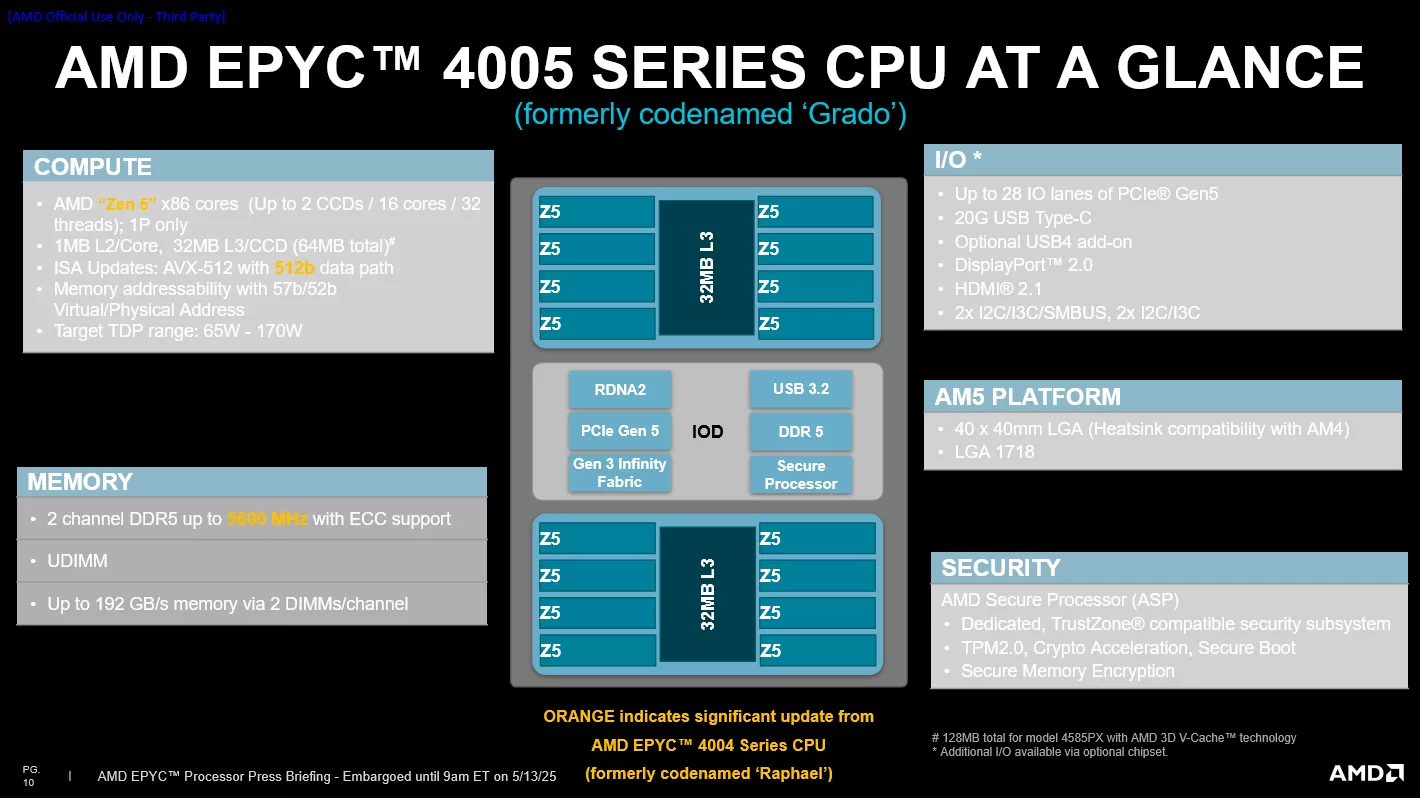 Getting data in and out of the processor quickly is crucial for performance. The EPYC 4005 Series steps up here with support for PCIe Gen5. This is the latest standard for connecting components like high-speed storage drives and networking cards, offering significantly faster data transfer speeds than previous generations. This translates directly to quicker access to your data and faster networking, which is essential for applications that deal with large files or high volumes of traffic.
Getting data in and out of the processor quickly is crucial for performance. The EPYC 4005 Series steps up here with support for PCIe Gen5. This is the latest standard for connecting components like high-speed storage drives and networking cards, offering significantly faster data transfer speeds than previous generations. This translates directly to quicker access to your data and faster networking, which is essential for applications that deal with large files or high volumes of traffic.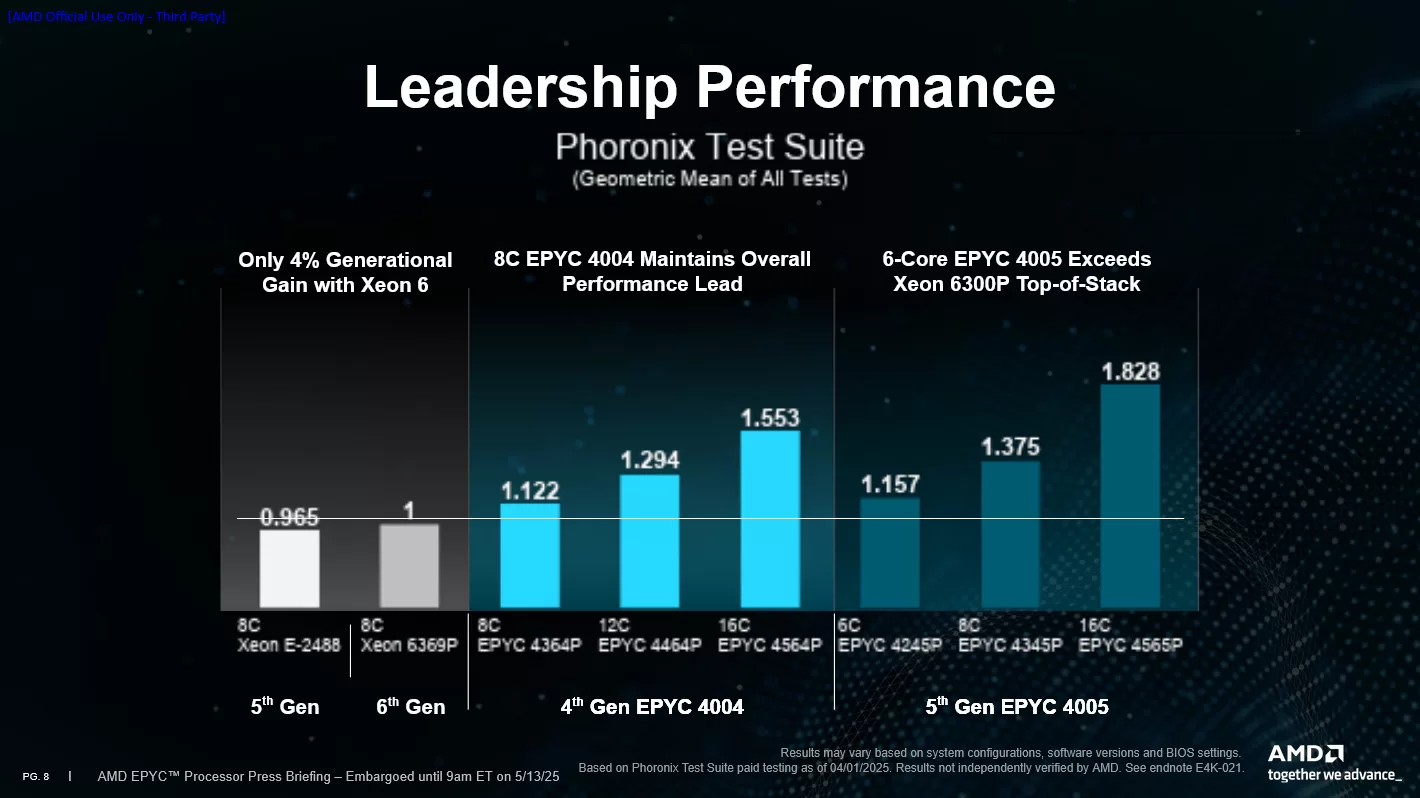 Managing storage reliably is vital for any business. The EPYC 4005 Series includes RAIDXpert2 for Server, a feature that provides flexible software-based tools for configuring and managing your storage drives. This allows you to set up different types of RAID arrays for data redundancy (protecting against drive failures) and performance optimisation. It supports various types of modern storage drives, including speedy NVMe SSDs, and offers features like hot-swap support and automatic fault detection to keep your data accessible and safe.
Managing storage reliably is vital for any business. The EPYC 4005 Series includes RAIDXpert2 for Server, a feature that provides flexible software-based tools for configuring and managing your storage drives. This allows you to set up different types of RAID arrays for data redundancy (protecting against drive failures) and performance optimisation. It supports various types of modern storage drives, including speedy NVMe SSDs, and offers features like hot-swap support and automatic fault detection to keep your data accessible and safe.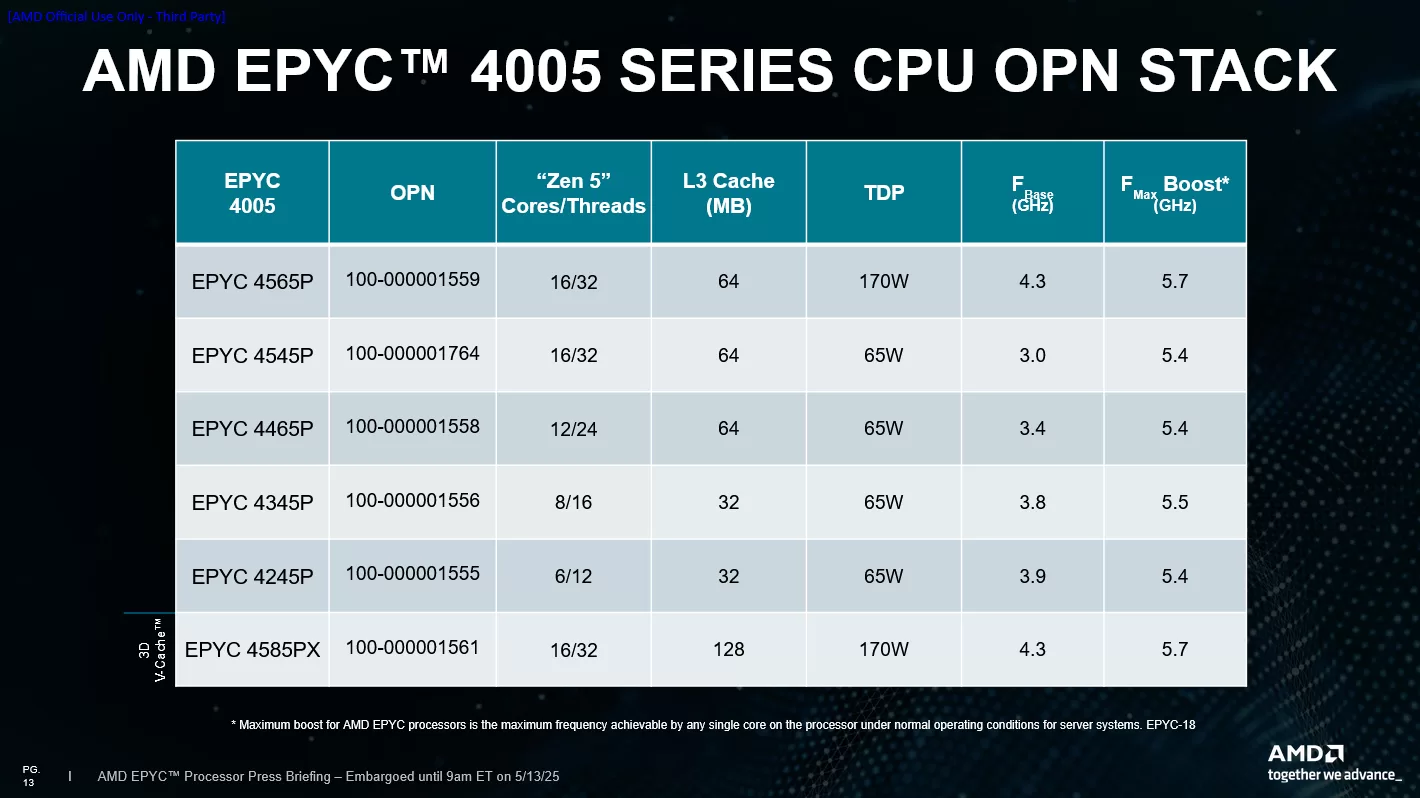 The AMD EPYC 4005 Series processors are a compelling option for small to medium businesses and hosted service providers looking for modern server performance and features without the complexity or cost of higher-end systems. With their efficient “Zen 5” cores, high-speed memory and connectivity, robust security, and smart storage features, they offer the power and reliability needed to drive productivity and support growth in today’s demanding IT environment.
The AMD EPYC 4005 Series processors are a compelling option for small to medium businesses and hosted service providers looking for modern server performance and features without the complexity or cost of higher-end systems. With their efficient “Zen 5” cores, high-speed memory and connectivity, robust security, and smart storage features, they offer the power and reliability needed to drive productivity and support growth in today’s demanding IT environment.


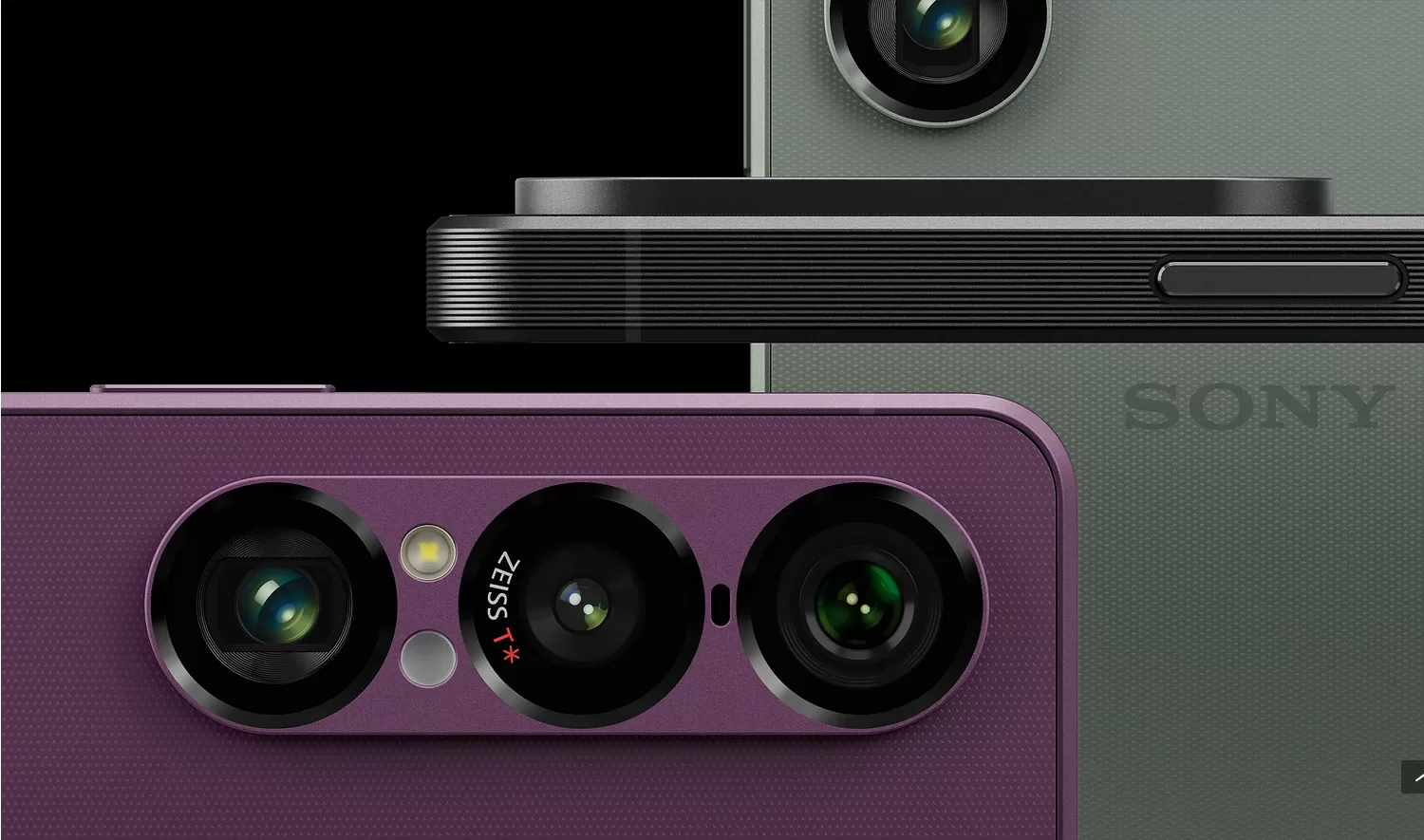
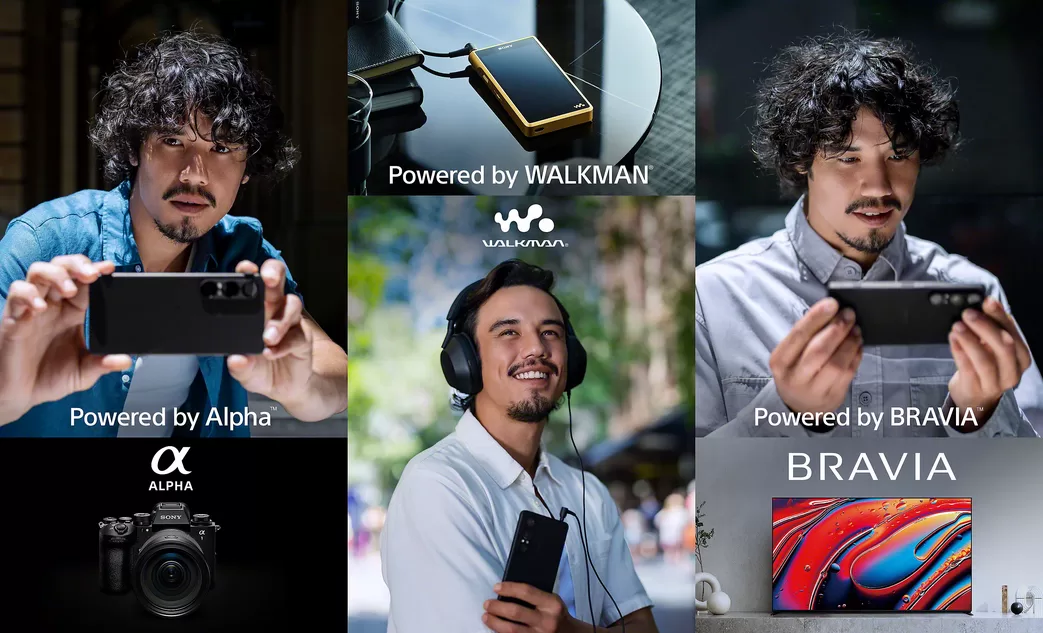
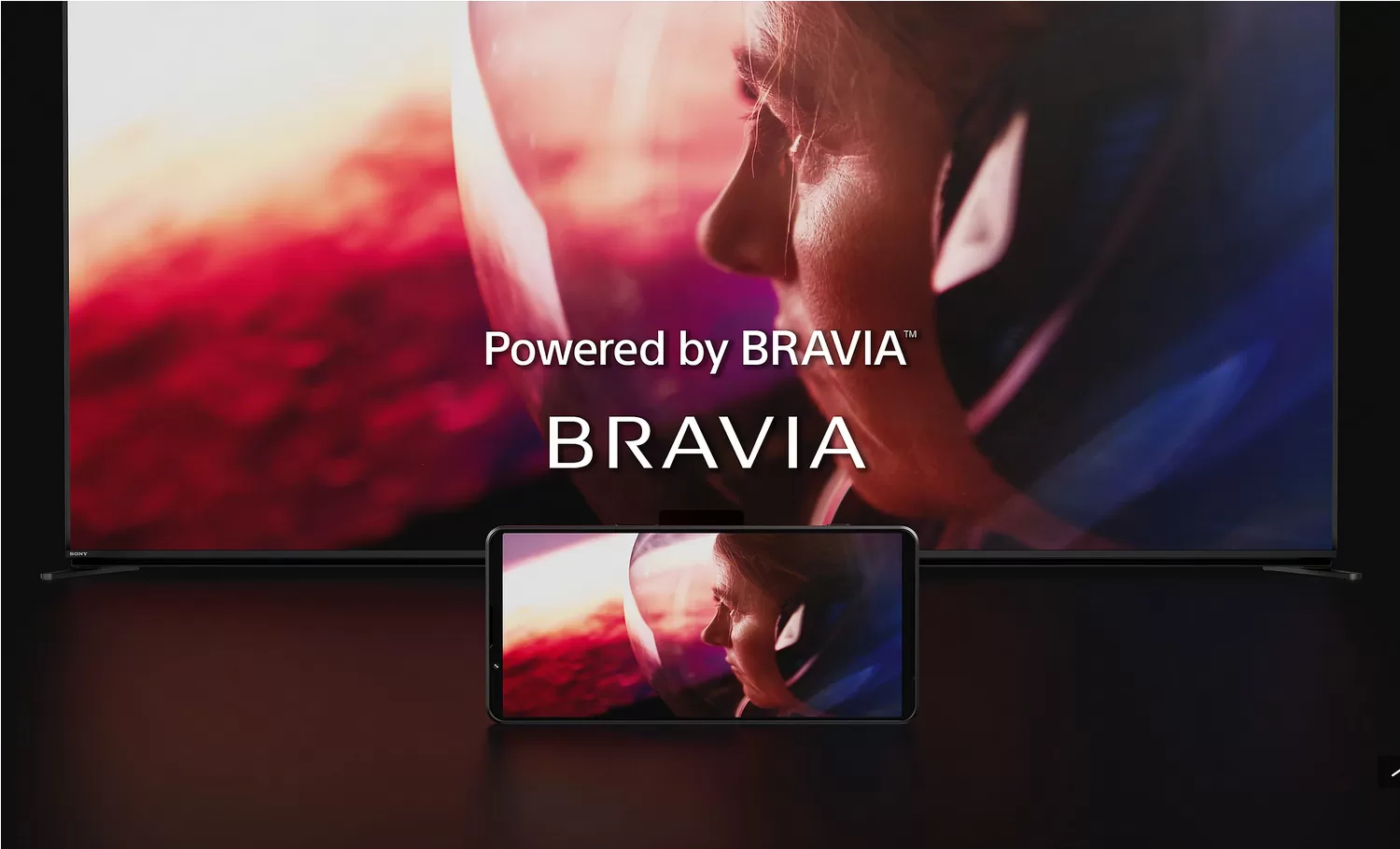


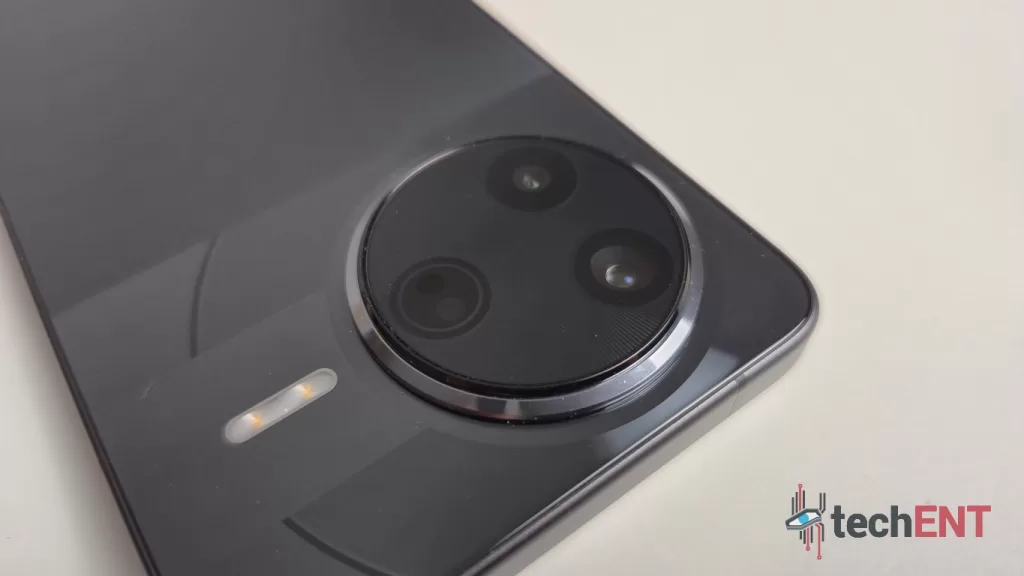
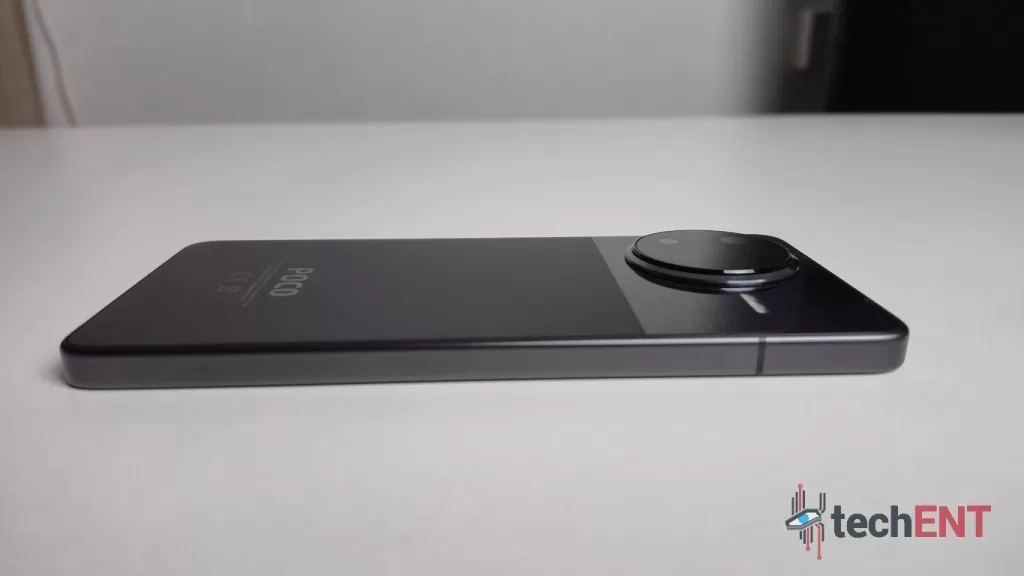
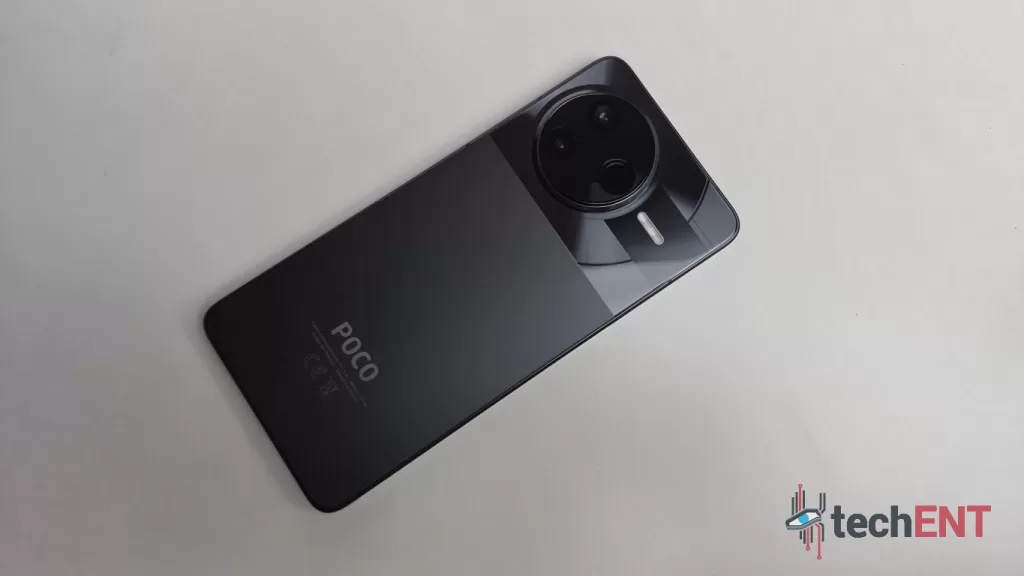
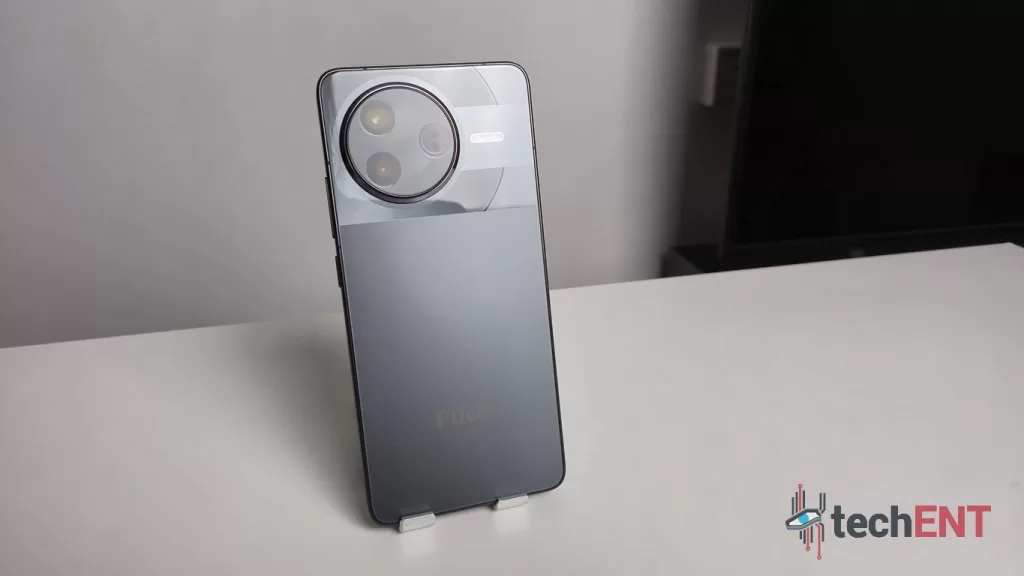
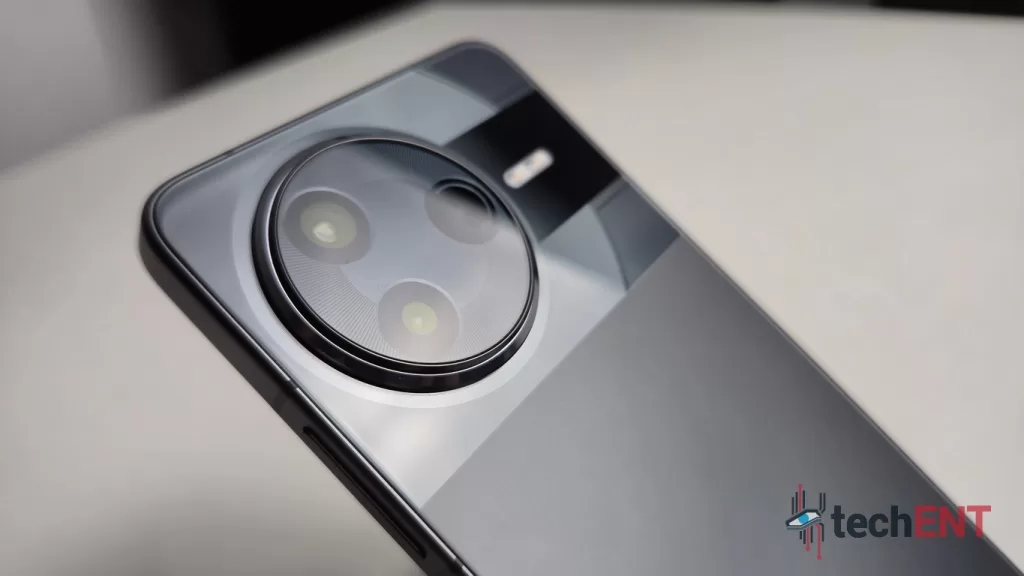
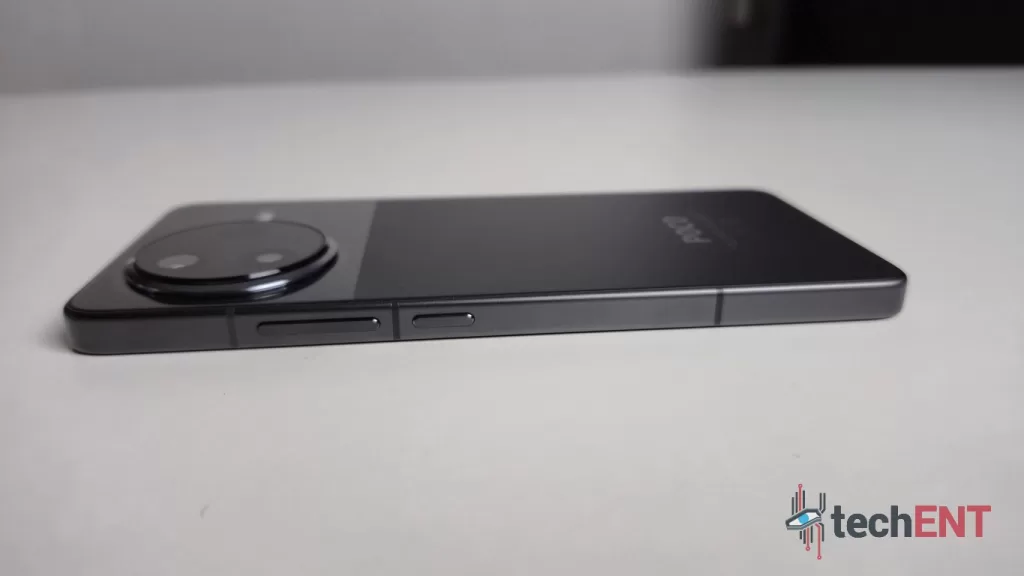
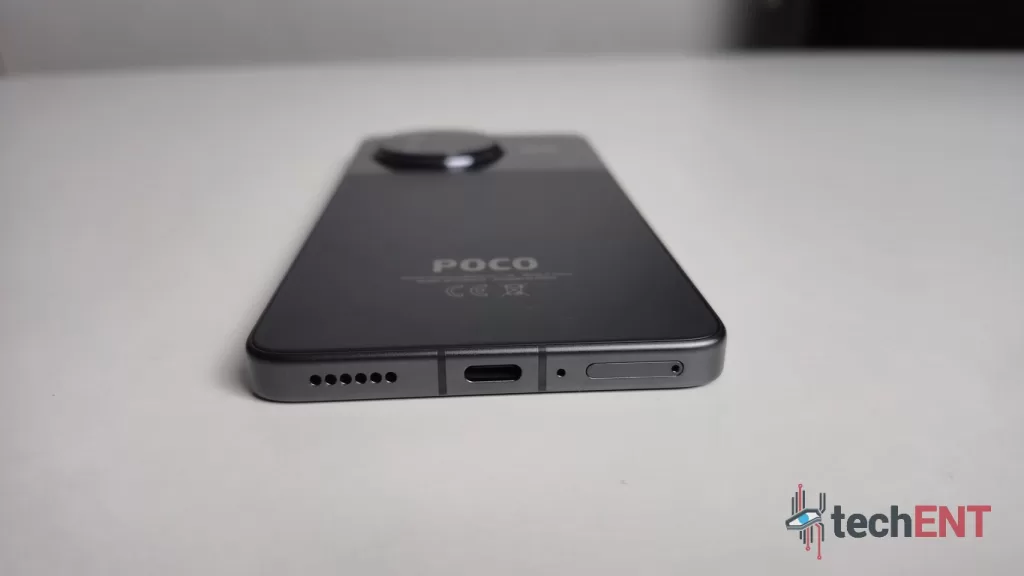
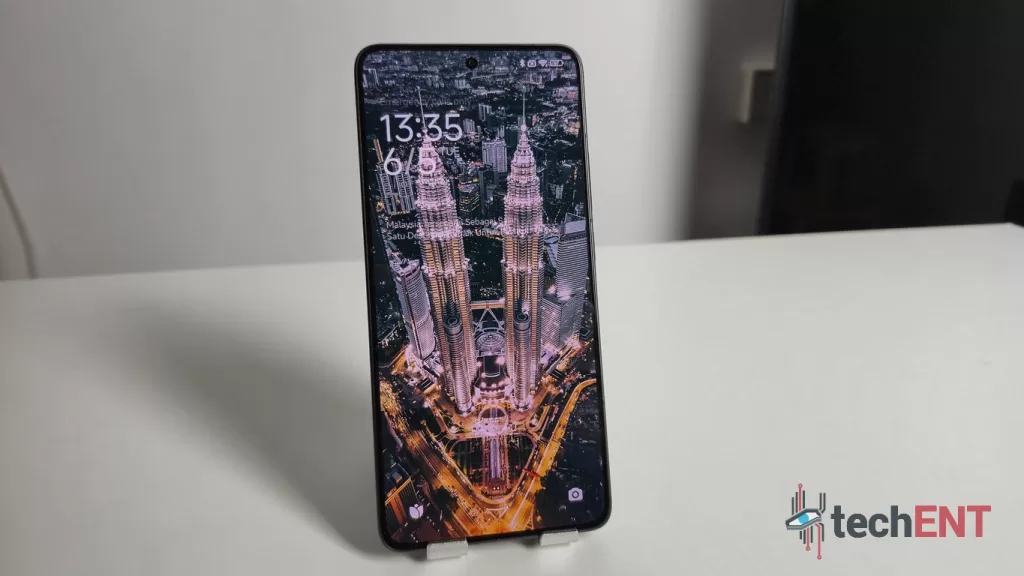
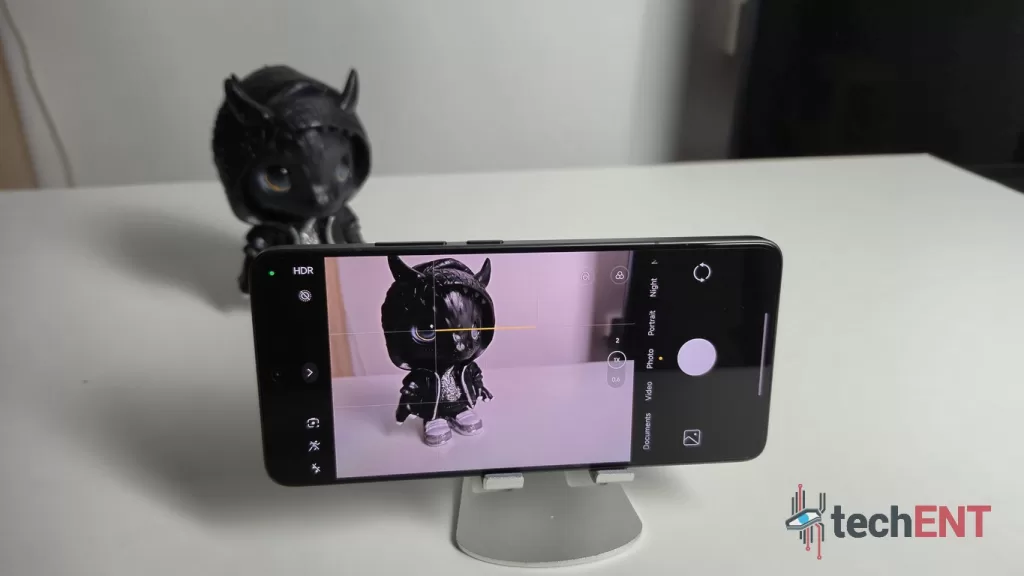
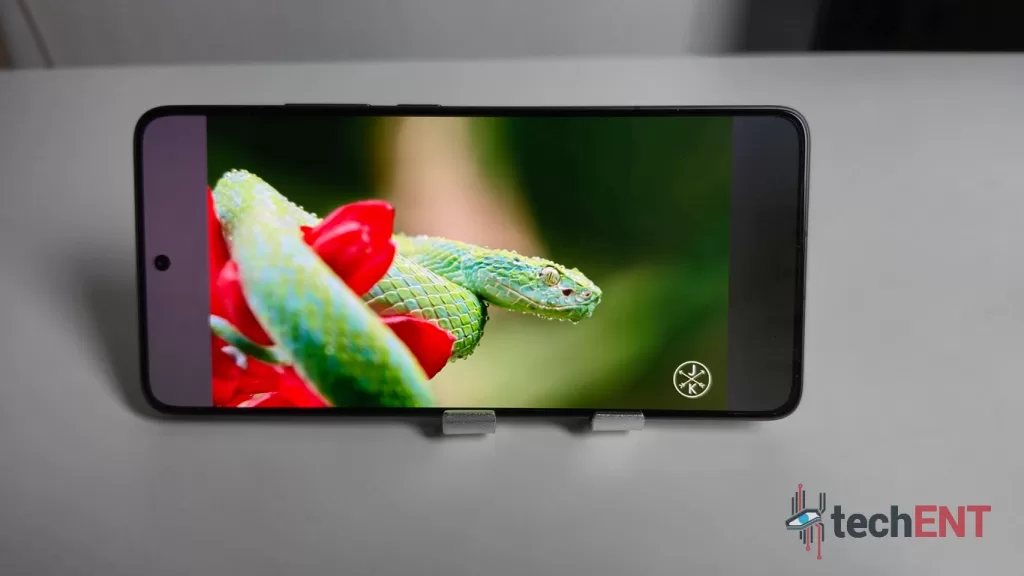
 One notable aspect, especially for the POCO line, seems to be a push towards a slightly more minimal and streamlined look right out of the box compared to previous MIUI iterations on other Xiaomi or Redmi devices. It feels a bit cleaner initially, which can be a refreshing change. Under the hood, HyperOS also appears to bring improvements to responsiveness. Swiping through menus, opening and closing apps, and generally zipping around the interface feels fluid and quick, contributing to a snappy user experience that matches the capable hardware.
One notable aspect, especially for the POCO line, seems to be a push towards a slightly more minimal and streamlined look right out of the box compared to previous MIUI iterations on other Xiaomi or Redmi devices. It feels a bit cleaner initially, which can be a refreshing change. Under the hood, HyperOS also appears to bring improvements to responsiveness. Swiping through menus, opening and closing apps, and generally zipping around the interface feels fluid and quick, contributing to a snappy user experience that matches the capable hardware. A significant part of this smooth operation seems to stem from the balance Xiaomi has struck between the underlying hardware and its HyperOS 2 software layer. It feels like HyperOS 2 is well-optimised to make the most of the components within the POCO F7 Pro, ensuring that tasks are handled efficiently and the user interface remains responsive. It’s this synergy between the muscle of the hardware and the finesse of the software that allows the POCO F7 Pro to deliver an overall performance experience that sits comfortably alongside, and in some cases surpasses, that of several established flagships currently on the market. It’s a promising start to the performance story.
A significant part of this smooth operation seems to stem from the balance Xiaomi has struck between the underlying hardware and its HyperOS 2 software layer. It feels like HyperOS 2 is well-optimised to make the most of the components within the POCO F7 Pro, ensuring that tasks are handled efficiently and the user interface remains responsive. It’s this synergy between the muscle of the hardware and the finesse of the software that allows the POCO F7 Pro to deliver an overall performance experience that sits comfortably alongside, and in some cases surpasses, that of several established flagships currently on the market. It’s a promising start to the performance story. In our time testing the POCO F7 Pro with a range of games, including Pokémon UNITE, Diablo Immortal, Asphalt Legends Unite, and Genshin Impact, the overall performance was quite admirable. For the most part, gameplay felt smooth and responsive, with no noticeable lag or frustrating screen tearing that can really pull you out of the immersive experience. The phone was able to maintain stable frame rates in many scenarios, which is crucial for competitive or fast-paced games.
In our time testing the POCO F7 Pro with a range of games, including Pokémon UNITE, Diablo Immortal, Asphalt Legends Unite, and Genshin Impact, the overall performance was quite admirable. For the most part, gameplay felt smooth and responsive, with no noticeable lag or frustrating screen tearing that can really pull you out of the immersive experience. The phone was able to maintain stable frame rates in many scenarios, which is crucial for competitive or fast-paced games. Adding to this efficiency are Xiaomi’s dedicated charging and battery management chipsets: the Surge P3 charging chipset and the Surge G1 battery management chipset. These work in tandem behind the scenes to not only improve charging efficiency but also to help maintain the long-term health of the battery. They intelligently regulate the charging process to prevent overheating and excessive stress on the battery cells.
Adding to this efficiency are Xiaomi’s dedicated charging and battery management chipsets: the Surge P3 charging chipset and the Surge G1 battery management chipset. These work in tandem behind the scenes to not only improve charging efficiency but also to help maintain the long-term health of the battery. They intelligently regulate the charging process to prevent overheating and excessive stress on the battery cells. Beyond just sharpness and size, the display on the F7 Pro is notable for its vibrance and colour reproduction. Colours pop without looking oversaturated (though you can usually tweak this in settings if you prefer a different look), and the accuracy means that photos and videos appear much closer to how they would in real life. Whether you’re scrolling through your photo gallery or watching a movie, the visual experience on this 6.67-inch screen is genuinely pleasing and immersive.
Beyond just sharpness and size, the display on the F7 Pro is notable for its vibrance and colour reproduction. Colours pop without looking oversaturated (though you can usually tweak this in settings if you prefer a different look), and the accuracy means that photos and videos appear much closer to how they would in real life. Whether you’re scrolling through your photo gallery or watching a movie, the visual experience on this 6.67-inch screen is genuinely pleasing and immersive. The physical design of the display also contributes significantly to the overall experience. The slim bezels around the 6.67-inch screen create a nearly edge-to-edge visual space. This minimal framing makes the display feel even larger and more immersive, pulling you into whatever content you’re viewing, whether it’s a game or a video. It provides a seamless and expansive window into your digital world.
The physical design of the display also contributes significantly to the overall experience. The slim bezels around the 6.67-inch screen create a nearly edge-to-edge visual space. This minimal framing makes the display feel even larger and more immersive, pulling you into whatever content you’re viewing, whether it’s a game or a video. It provides a seamless and expansive window into your digital world. Alongside the main camera, there’s an 8MP sensor paired with an f/2.2 ultrawide lens. This is great for capturing broader scenes, like landscapes or group photos, allowing you to fit more into the frame. The setup is further complemented by a colour sensor, which aids in more accurate colour reproduction. Xiaomi also highlights a Cinema-level 13.2EV dynamic range, suggesting the camera is capable of capturing a wide range of tones from bright highlights to deep shadows in a single shot, which is important for balanced exposures. Together, these lenses cover focal lengths from 15mm (with the ultrawide) to 48mm, offering flexibility for both effortless landscape shots and nicely framed portraits.
Alongside the main camera, there’s an 8MP sensor paired with an f/2.2 ultrawide lens. This is great for capturing broader scenes, like landscapes or group photos, allowing you to fit more into the frame. The setup is further complemented by a colour sensor, which aids in more accurate colour reproduction. Xiaomi also highlights a Cinema-level 13.2EV dynamic range, suggesting the camera is capable of capturing a wide range of tones from bright highlights to deep shadows in a single shot, which is important for balanced exposures. Together, these lenses cover focal lengths from 15mm (with the ultrawide) to 48mm, offering flexibility for both effortless landscape shots and nicely framed portraits. But the real magic, according to POCO, lies in their first AI computational photography platform, POCO AISP. This isn’t just a catchy name; it represents how the phone’s core processing power – the CPU, GPU, NPU (Neural Processing Unit), and ISP (Image Signal Processor) – are tightly integrated through Xiaomi HyperOS. What this means for you is that the software and hardware work together seamlessly to perform advanced computational photography tasks incredibly efficiently. This results in significantly faster end-to-end image processing. The idea is that with its exceptional processing speed and intelligent scene optimisation, the camera can deliver professional-grade results with just a simple tap of the shutter button, aiming to make every captured moment more vivid and memorable.
But the real magic, according to POCO, lies in their first AI computational photography platform, POCO AISP. This isn’t just a catchy name; it represents how the phone’s core processing power – the CPU, GPU, NPU (Neural Processing Unit), and ISP (Image Signal Processor) – are tightly integrated through Xiaomi HyperOS. What this means for you is that the software and hardware work together seamlessly to perform advanced computational photography tasks incredibly efficiently. This results in significantly faster end-to-end image processing. The idea is that with its exceptional processing speed and intelligent scene optimisation, the camera can deliver professional-grade results with just a simple tap of the shutter button, aiming to make every captured moment more vivid and memorable.

























 The massive 6,000mAh battery is a highlight, offering impressive longevity for daily use and supporting blazing-fast 90W HyperCharge that gets you back to 100% in around 37 minutes, aided by the Surge chipsets and intelligent charging. The cameras, while perhaps not the absolute best on the market, are highly capable for the price, delivering sharp stills in good light and surprisingly strong low-light performance, plus decent video quality.
The massive 6,000mAh battery is a highlight, offering impressive longevity for daily use and supporting blazing-fast 90W HyperCharge that gets you back to 100% in around 37 minutes, aided by the Surge chipsets and intelligent charging. The cameras, while perhaps not the absolute best on the market, are highly capable for the price, delivering sharp stills in good light and surprisingly strong low-light performance, plus decent video quality.
